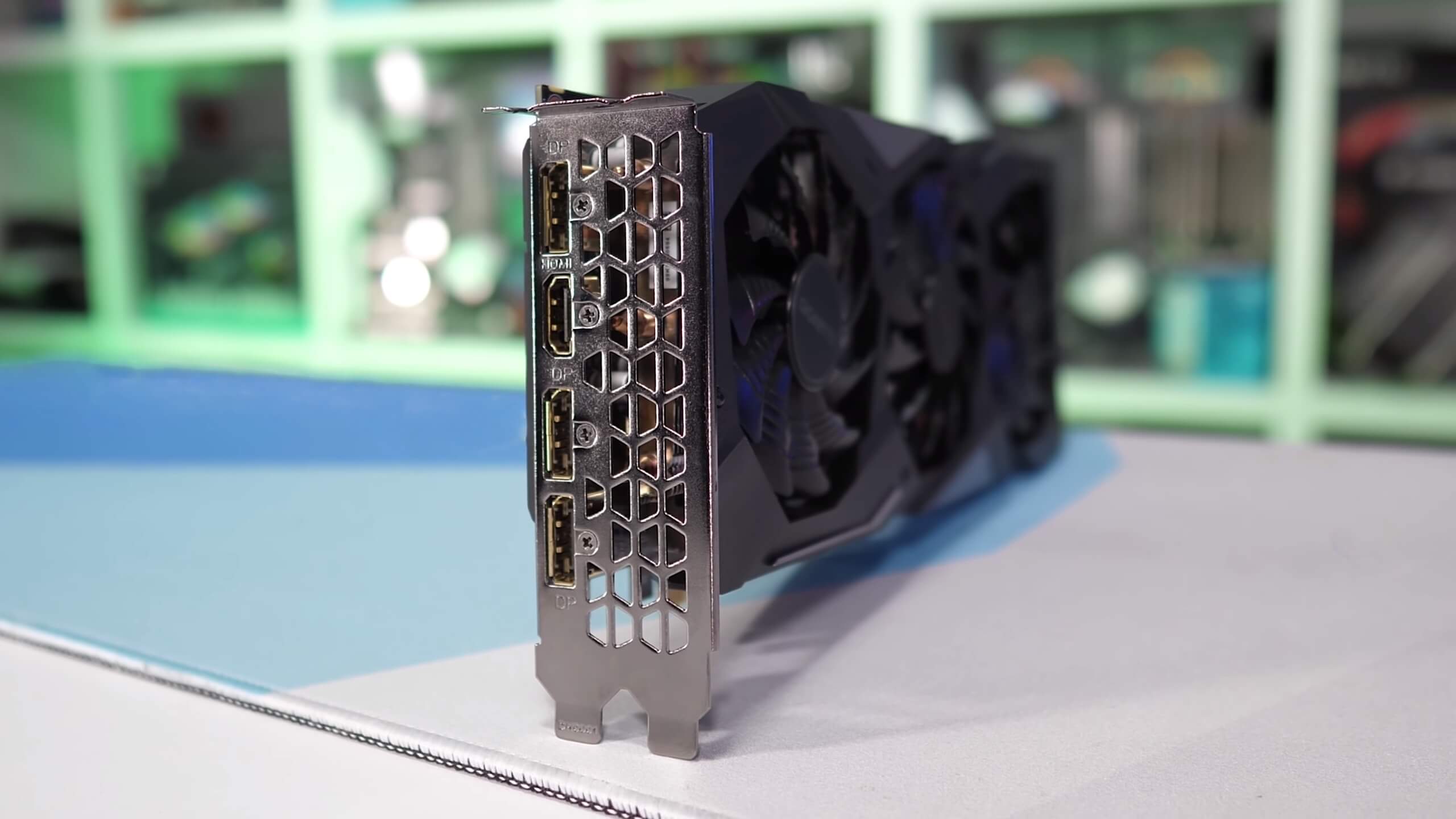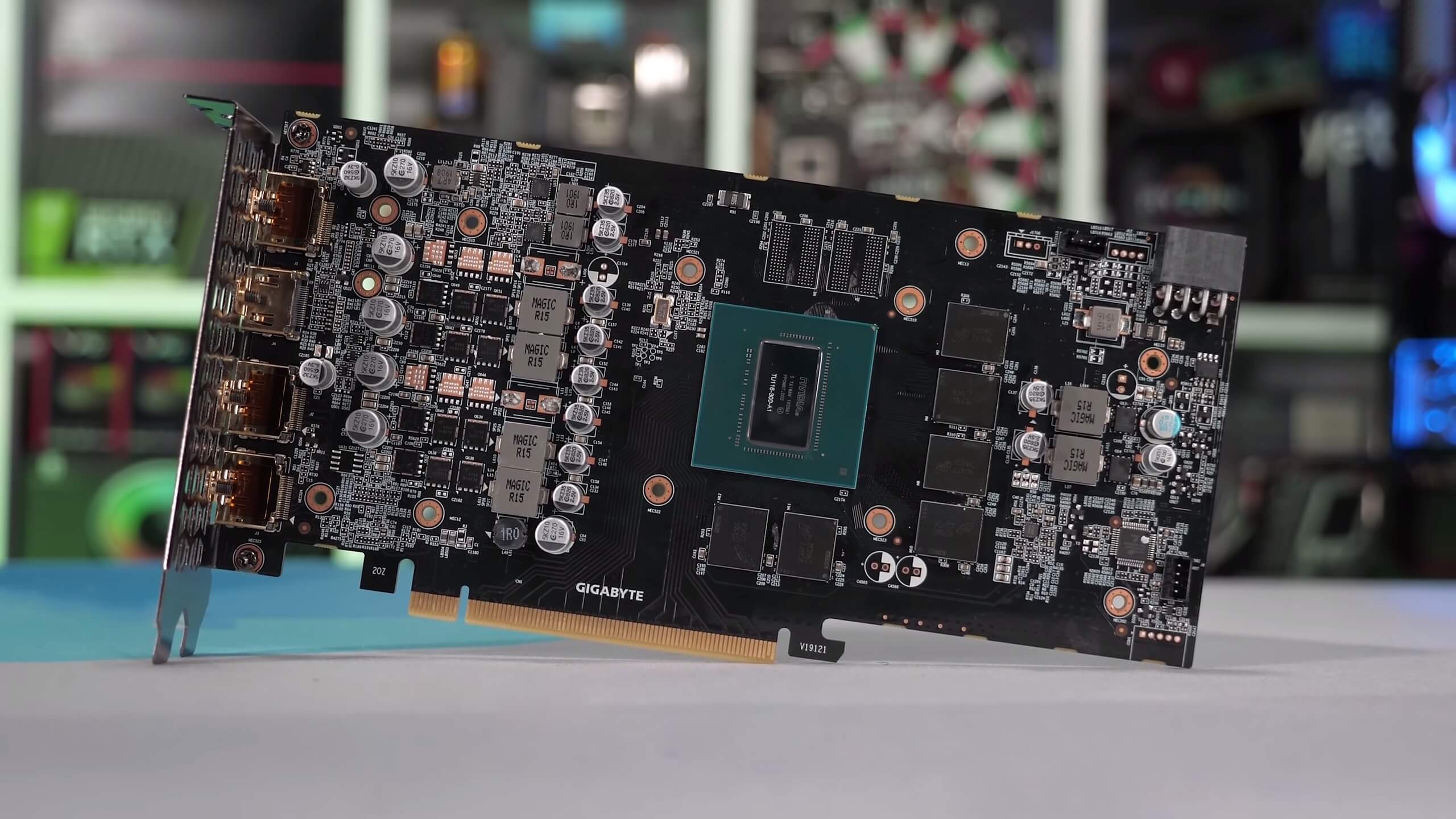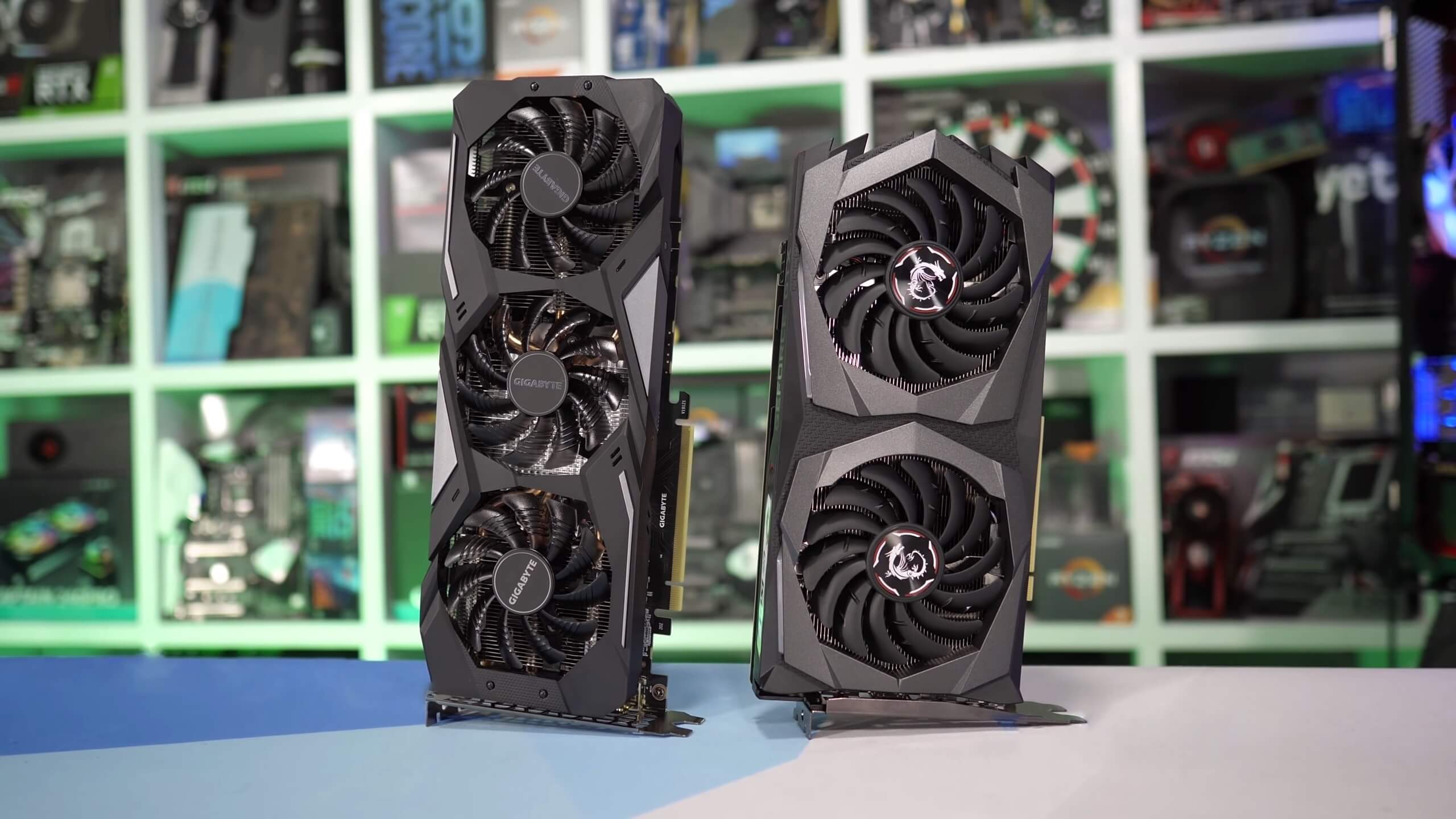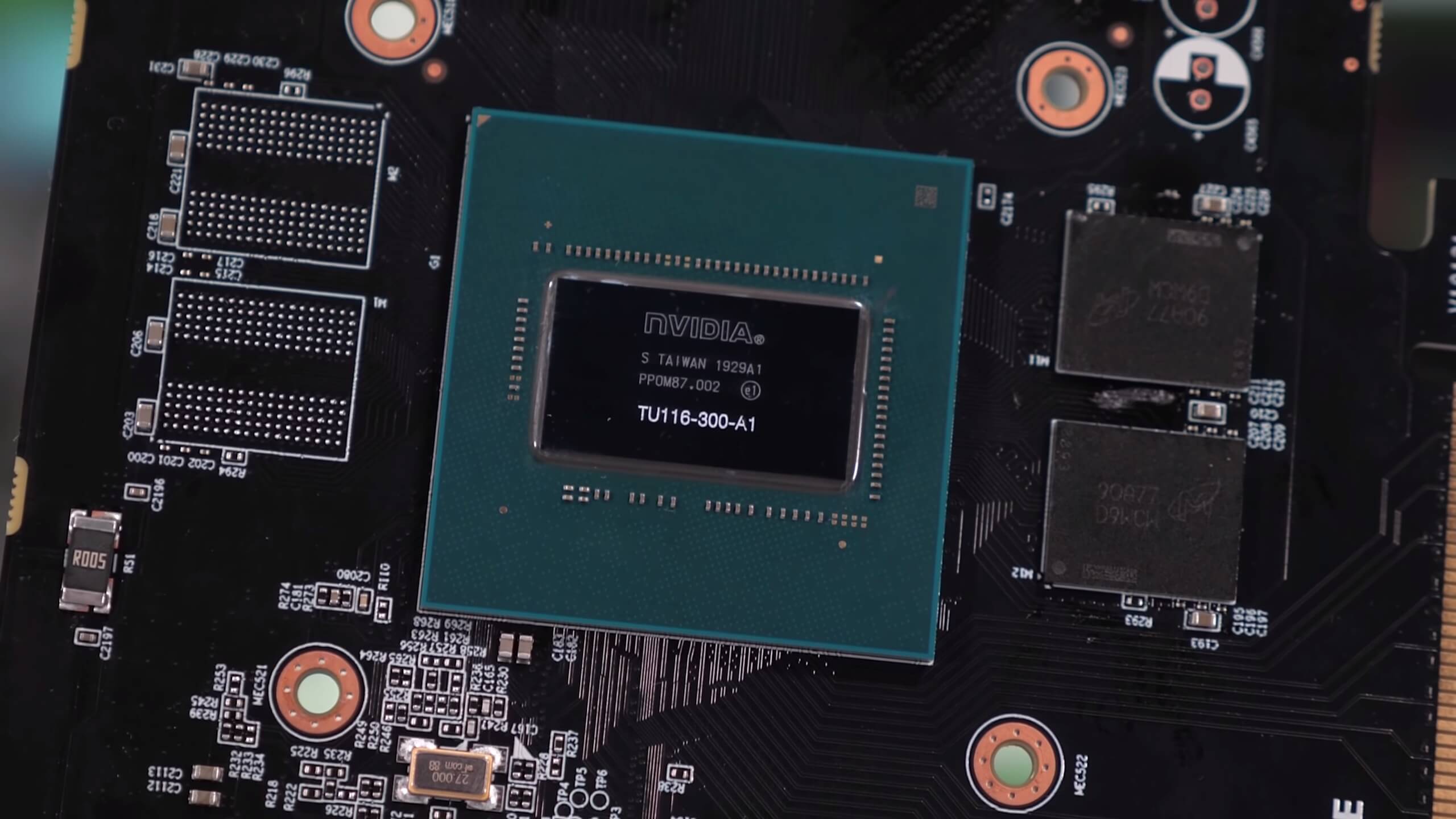Just in time for the holiday shopping season, we have not one but two new Super graphics cards from Nvidia.
For those of you not keeping tabs, we now have the GTX 1660 for $220, the GTX 1660 Ti for $280, the RTX 2060 for $350 and the RTX 2060 Super for $400. In the price range between $200 and $400 there were already 4 GeForce options, but as of today we now have 6. The GTX 1660 Super slots in at $230 and there's also the 1650 Super coming next month, no word on pricing yet.
So what's new on the GTX 1660 Super? Not a lot, to be honest but the original GTX 1660 was pretty good already. Let's review it spec by spec: we get the exact same GPU as the non-super, base model GTX 1660. It has the same 22 SM units / 1408 CUDA cores which are clocked at 1530 MHz with the same GPU boost clock of 1785 MHz, it carries the same 88 texture units resulting in the same texel fill rate.
In other words, it's the exact same 12nm 284mm2 die comprised of 6.6 billion transistors. It also has a 6GB VRAM buffer, but it's here where the changes have been made. Nvidia has upgraded the 8 Gb/s GDDR5 memory of the standard 1660 to 14 Gb/s GDDR6 memory and this sees a massive 75% increase in memory bandwidth. In fact, this provides the 1660 Super with even more memory bandwidth than the Ti model.
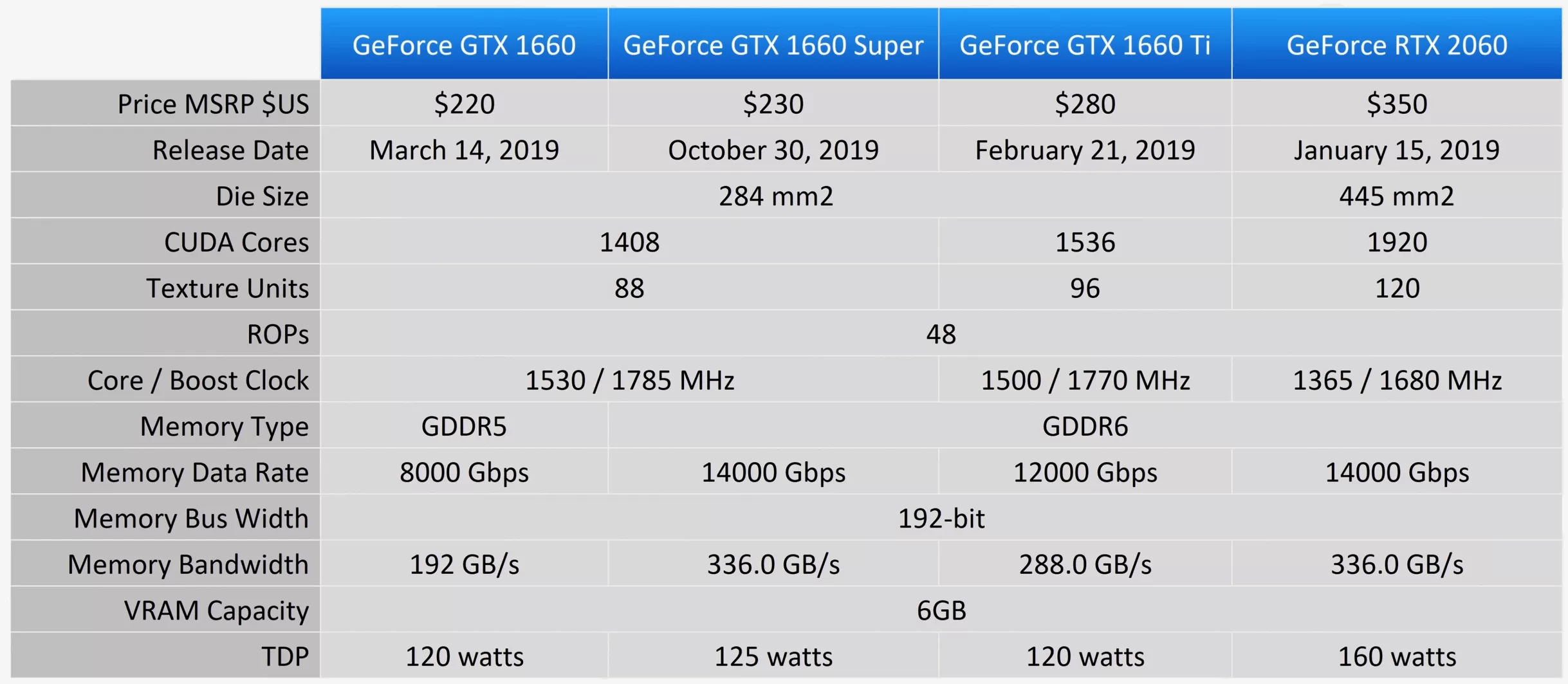
This means the GTX 1660 Super comes with the same spec GDDR6 memory that you'll find on the RTX 2060, 2060 Super, 2070, 2070 Super, 2080, 2080 Ti and even the Titan RTX.
Increasing the MSRP by just $10 over the base model seems like a pretty good deal as that's just a 4% price hike for a 75% increase in memory bandwidth which should more often than not, result in double digit performance gains.
Before we get into the benchmarks, here's a quick recap of the $200 - $300 price segment this year. Way back in February we got the first GTX 1660 series GPU, the $280 Ti model. In our launch-day review we concluded it was the first GPU release in some time that we'd come away feeling completely pleased. The 1660 Ti offered GTX 1070-like performance for a slight price premium over the GTX 1060 6GB. Without any competition from AMD it was a pretty good result.
A month later we got the standard 1660 and we had nothing bad to say about it, not even anything remotely negative. The 1660 was a good value offering from Nvidia and it completely wiped out the GTX 1060 series along with the RX 580 and 590, though the 1660 Ti really took care of the 590.
That was until later in the year when the Radeon RX 590 dropped from around $300 to nearly $200. Suddenly it was a contender again. By slashing prices AMD has managed to remain relevant in the budget and mainstream GPU market with their older RX 500 series GPUs, and in fact managed to become the go to option below $200. And that remains the case today. The $200 RX 590 is no doubt going to be thorn in the $230 GTX 1660 Super's side. To match the value of the RX 590, the new GTX 1660 Super may need to deliver 1660 Ti-like performance.
For testing we used our usual GPU test machine sporting a Core i9-9900K clocked at 5 GHz with 16GB of DDR4-3400 memory. On hand we have two GTX 1660 Super models, the MSI Gaming X and Gigabyte Gaming OC, and both deliver the exact same performance, typically operating at 1965 MHz. The MSI Gaming X peaked at 63 C in our F1 2019 stress test and with a fan speed of 1700 RPM it was very quiet. The Gigabyte Gaming OC ran 1 degree cooler for the most part, though it did peak at 65 C now and then, the fans also spun 100 RPM faster though both cards were overall very quiet when gaming. We've looked at 17 games in total, all tested at 1080p and 1440p.
Benchmarks
First up we have Shadow of the Tomb Raider and here the new 1660 Super was 4% faster than the base model. We guess that's in line with the 4% price hike. Not exactly an exciting result but it was significantly faster than the RX 590, so there's that.
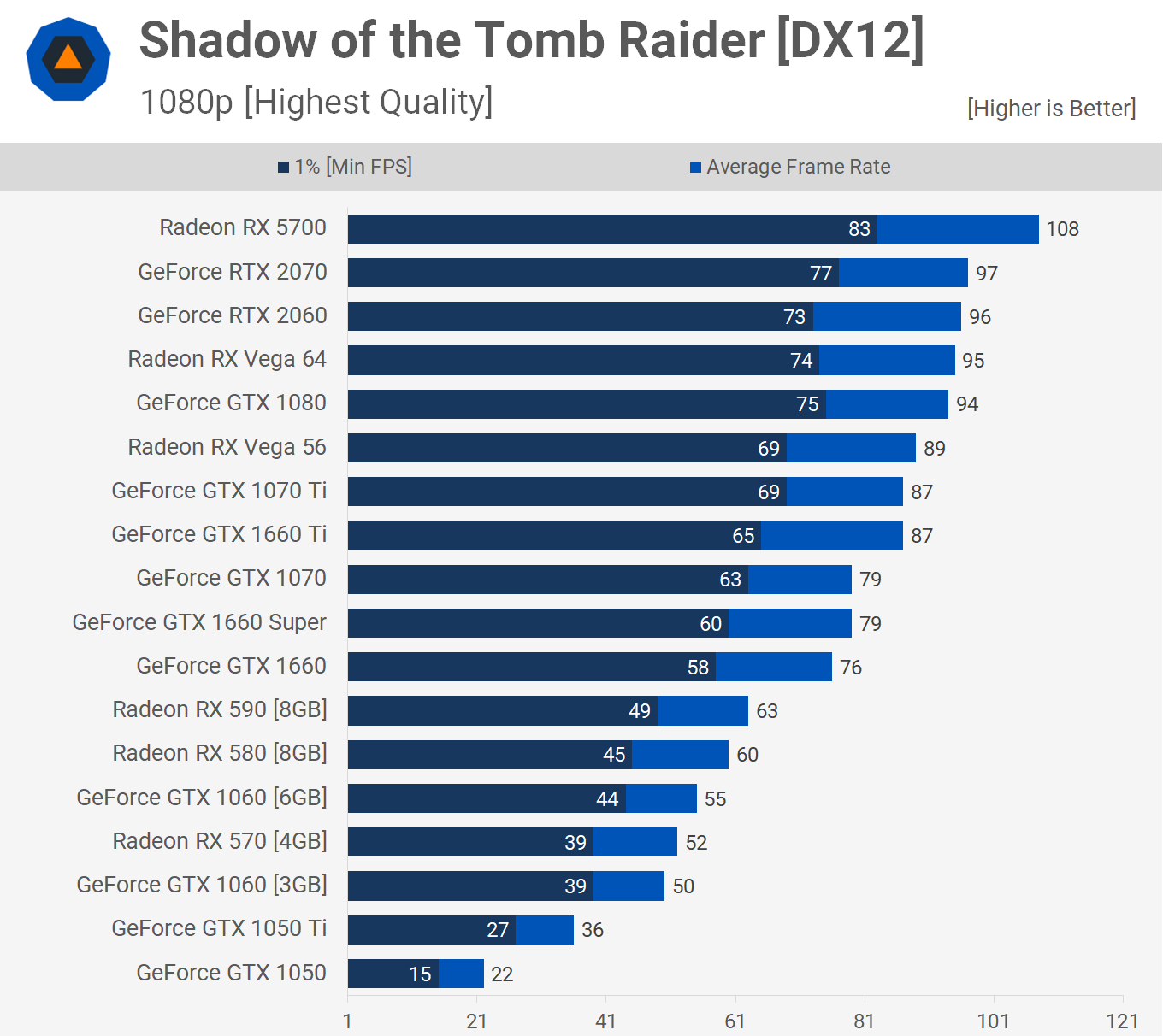
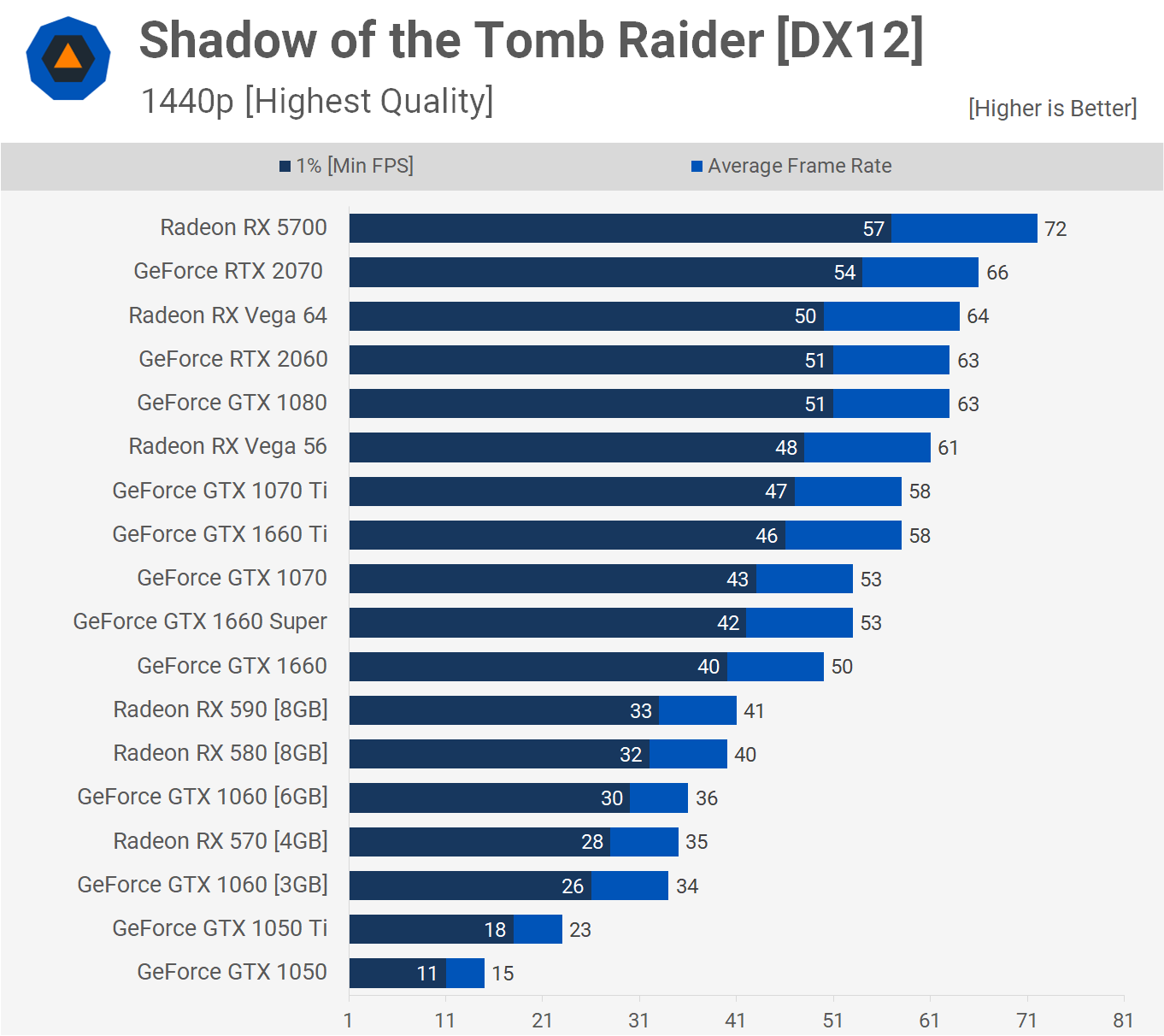
We see a dramatic improvement when testing with Just Cause 4. This time the 1660 Super was 12% faster than the base model, making it just a single frame slower than the 1660 Ti. As a result we're looking at GTX 1070-like performance in this title, and that's a GPU that used to cost $400 about 3.5 years ago. Not amazing progress, but welcome to 2019.
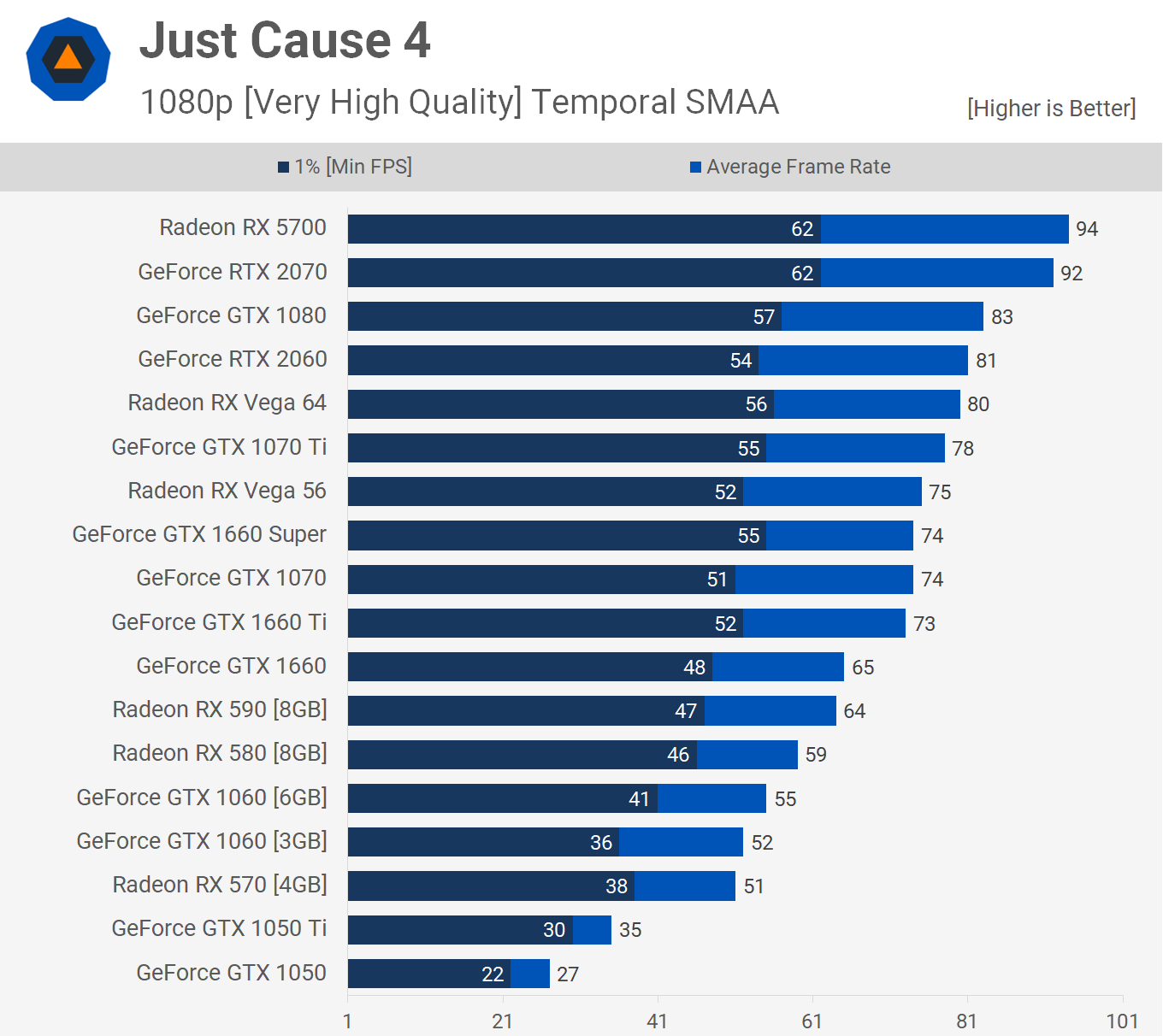
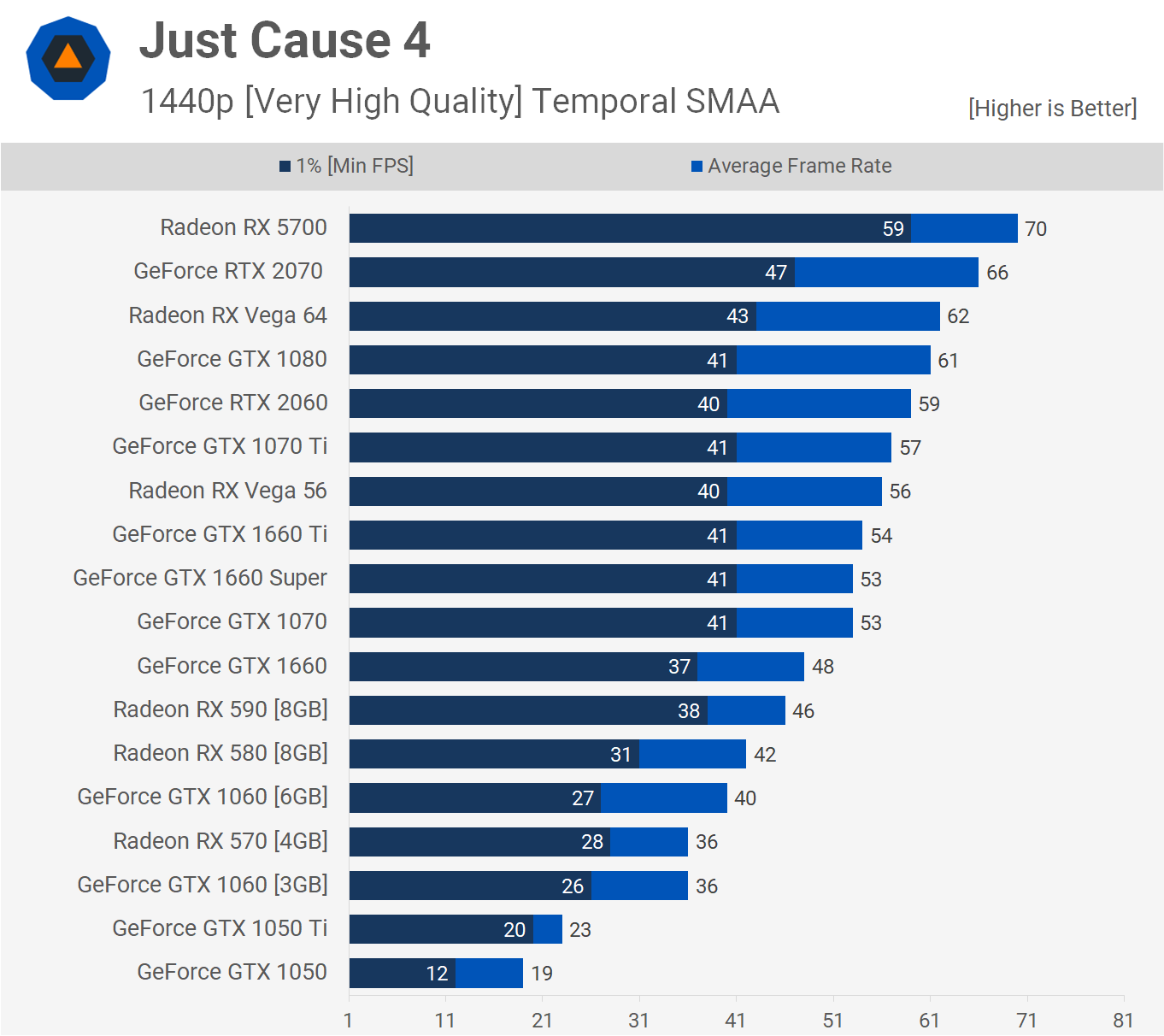
Resident Evil 2 shows almost no performance uplift for the 1660 Super over the standard 1660, just a ~2% increase for the average frame rate. It also managed to match the RX 590.

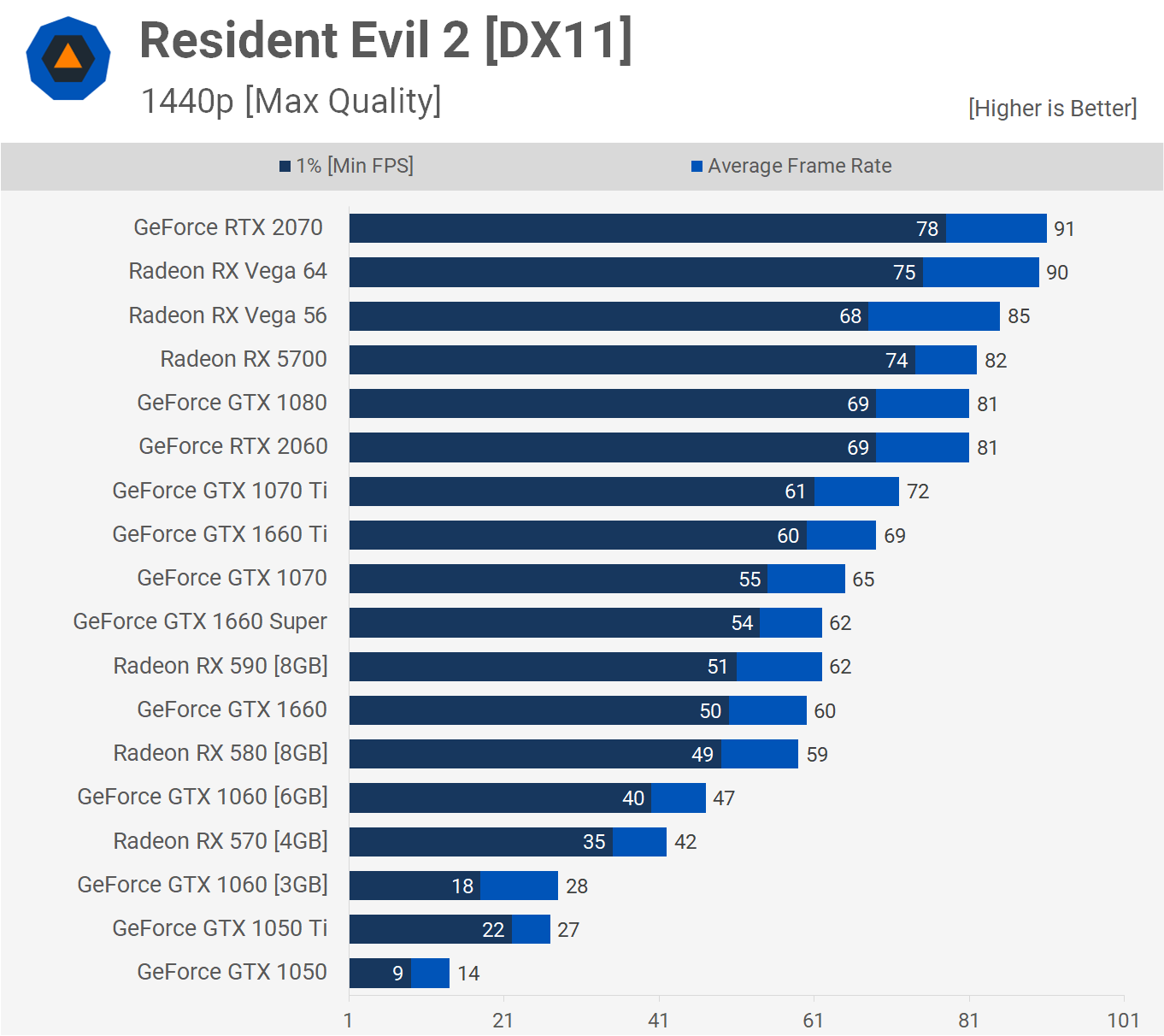
We see a 9% performance improvement for the 1660 Super over the base model, taking the average frame rate in Rainbow Six Siege from 118 fps to 129 fps and that meant it was just 5% slower than the Ti model.


We see another solid performance uplift, this time when testing with Battlefield V. A 13% increase over the base model is the best result we've seen yet. This also placed the 1660 Super just ahead of the RX 590.
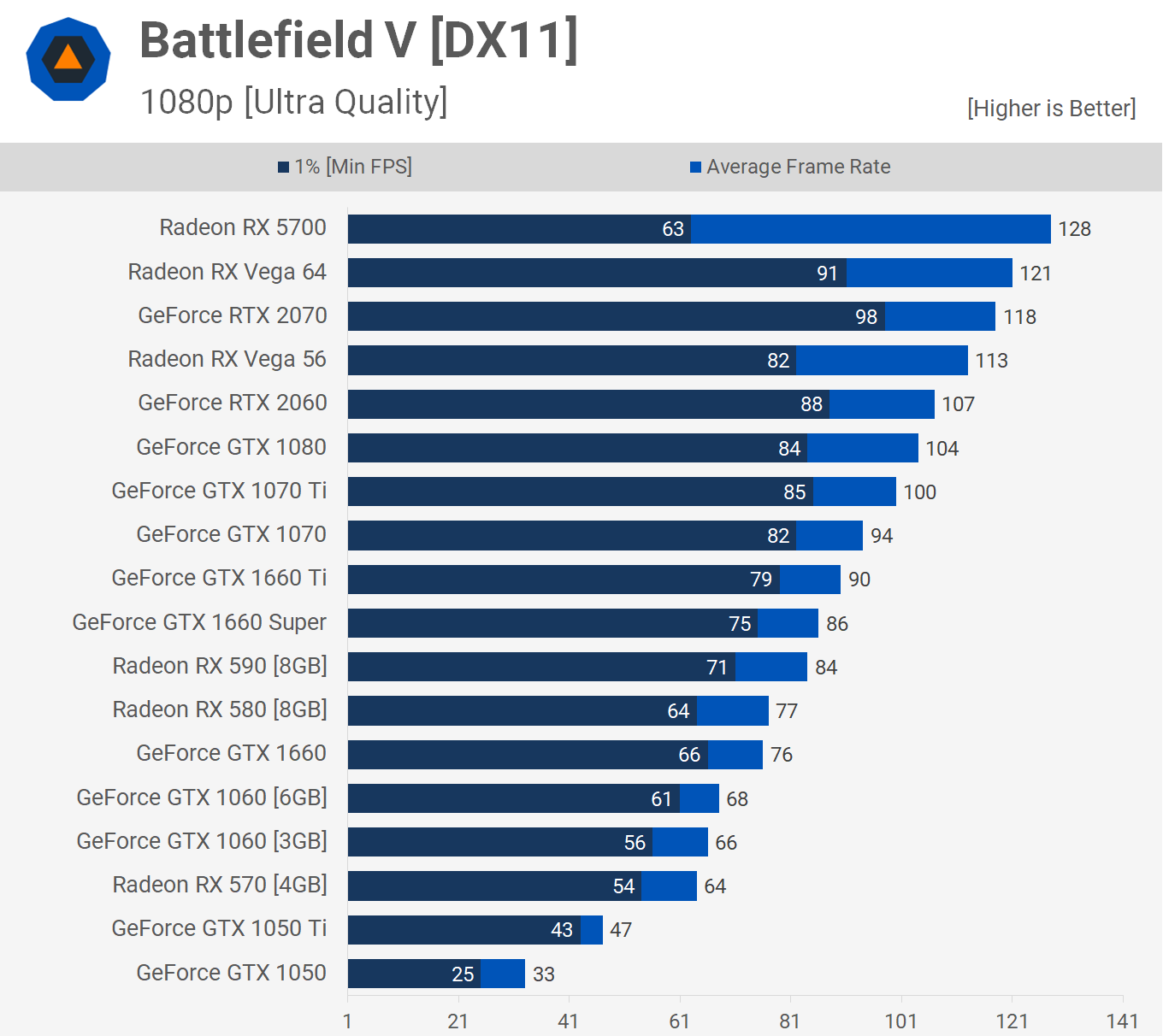

A mild 3% performance increase is seen in Far Cry New Dawn, taking the frame rate from 87 fps up to 90 fps and that meant the 1660 Super was 11% slower than the Ti model.
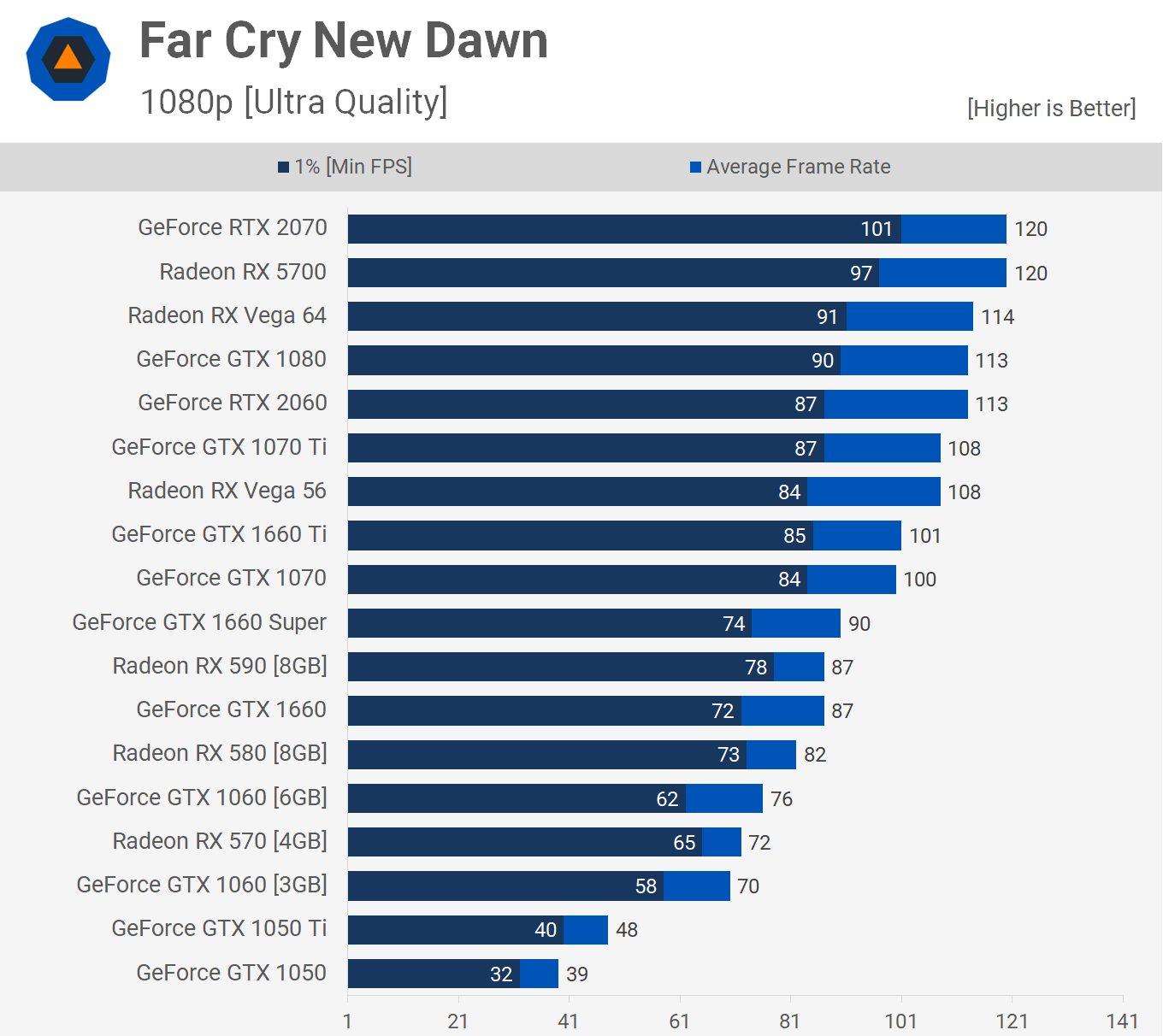
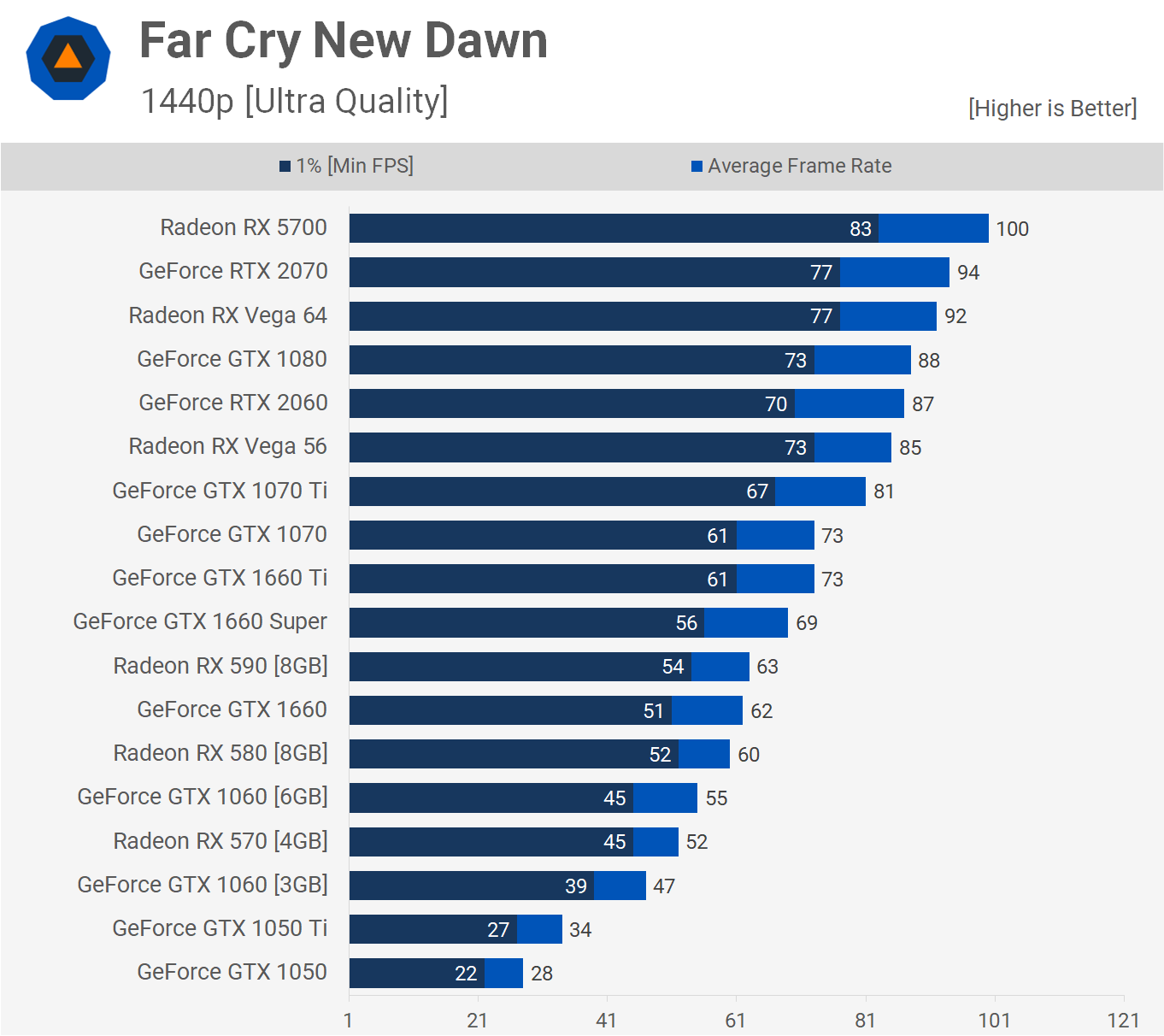
Testing with The Division 2 sees the 1660 Super land right between the base model 1660 and the Ti version. That means with 74 fps on average the faster memory resulted in a 9% performance uplift.
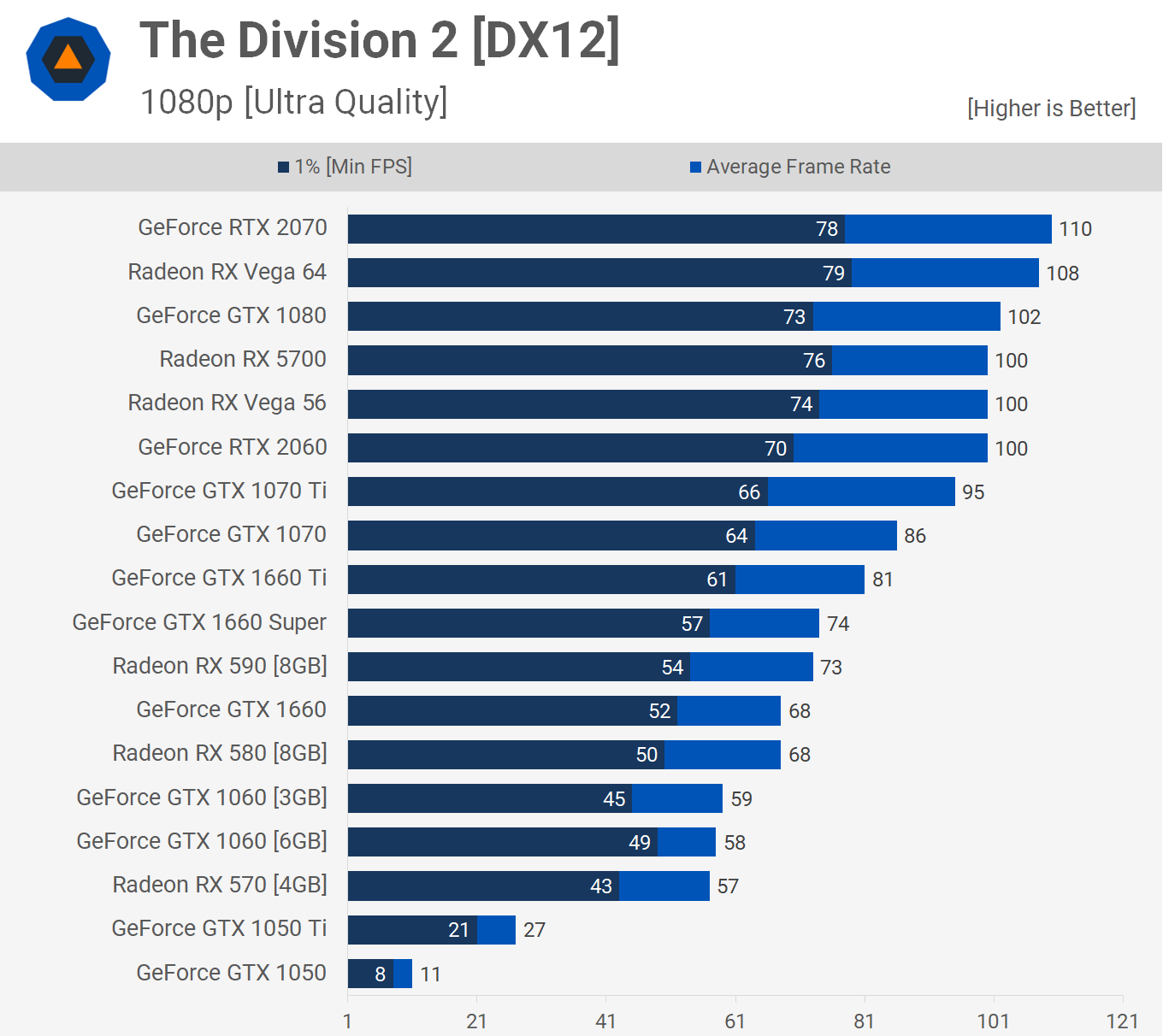

Ghost Recon: Wildlands is a very memory sensitive title as here the 1660 Super enjoys a 13% performance boost thanks to the faster memory and that placed it within a few frames of the more expensive Ti model.
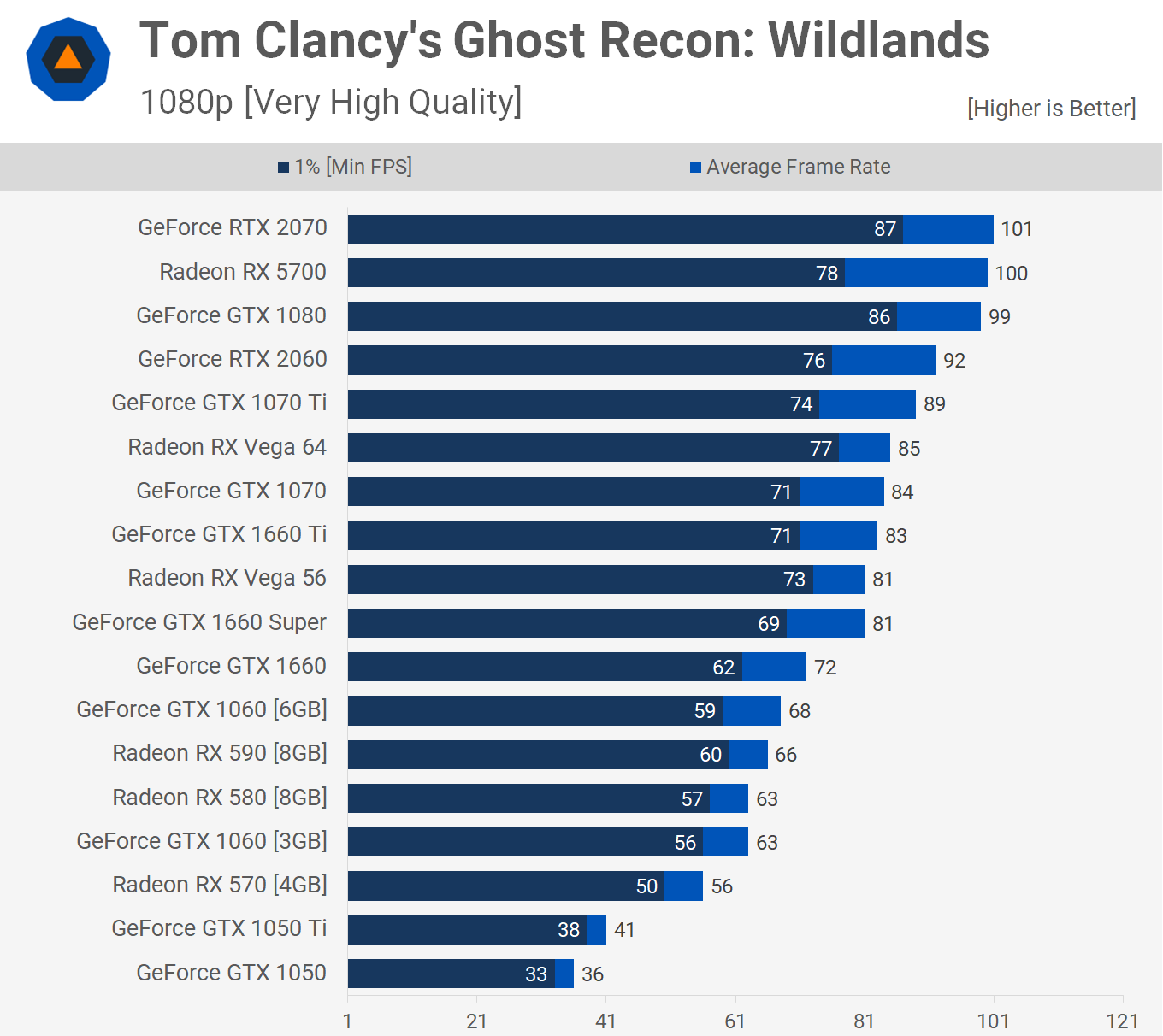
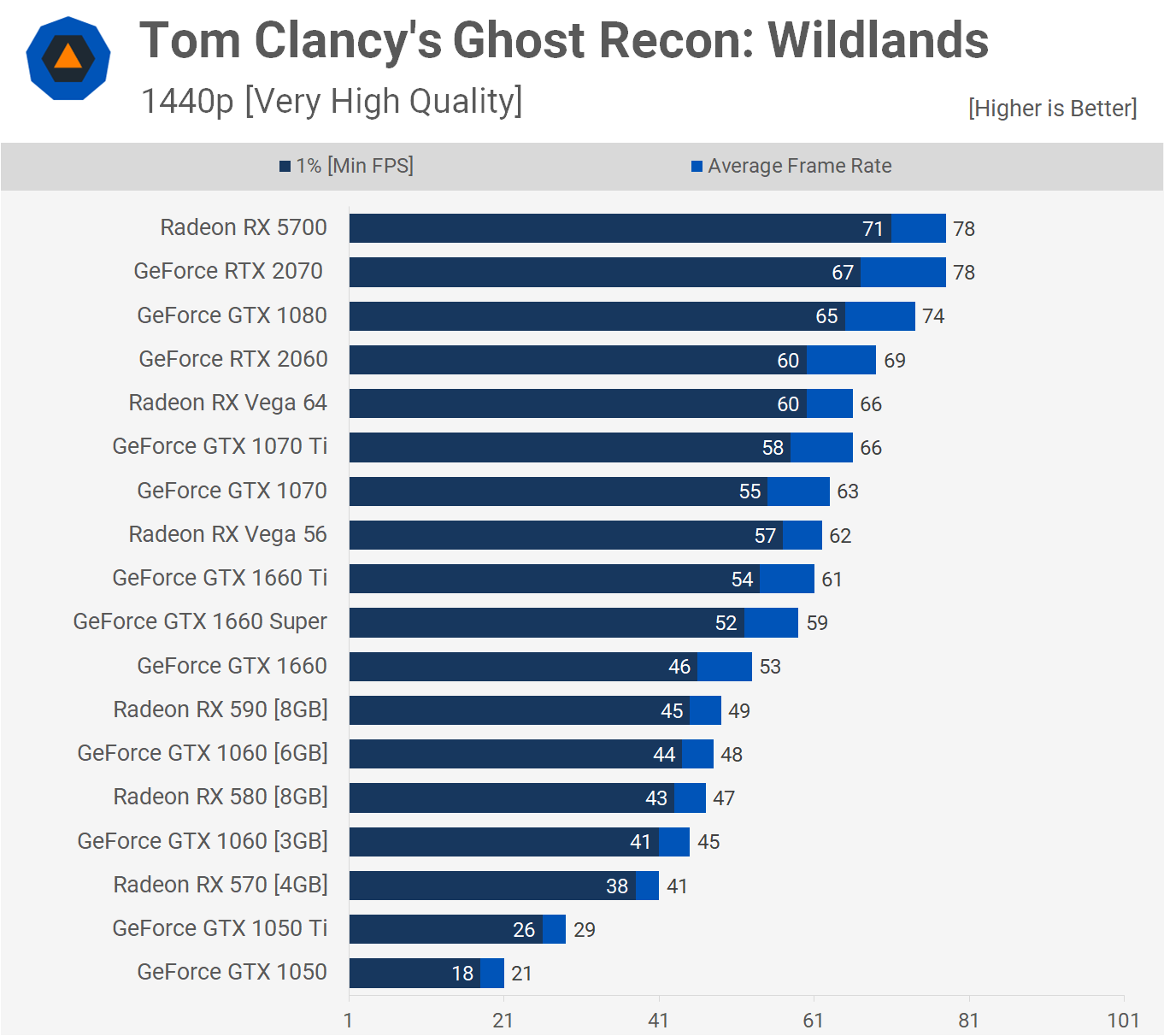
We see a mild 3% performance improvement in Prey, so not a good result as anything less than a 4% increase makes the 1660 Super "worse" value than the 1660.
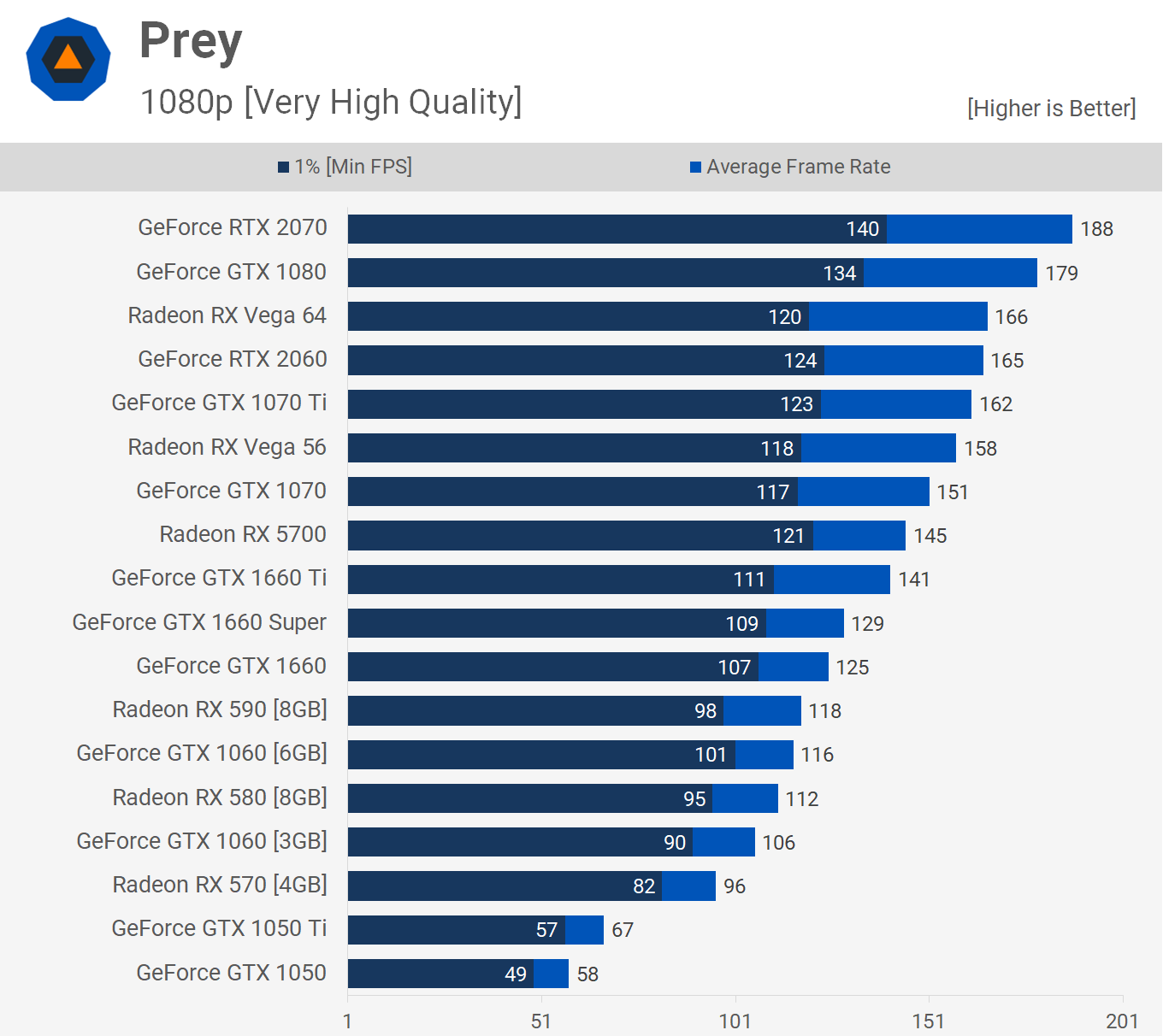
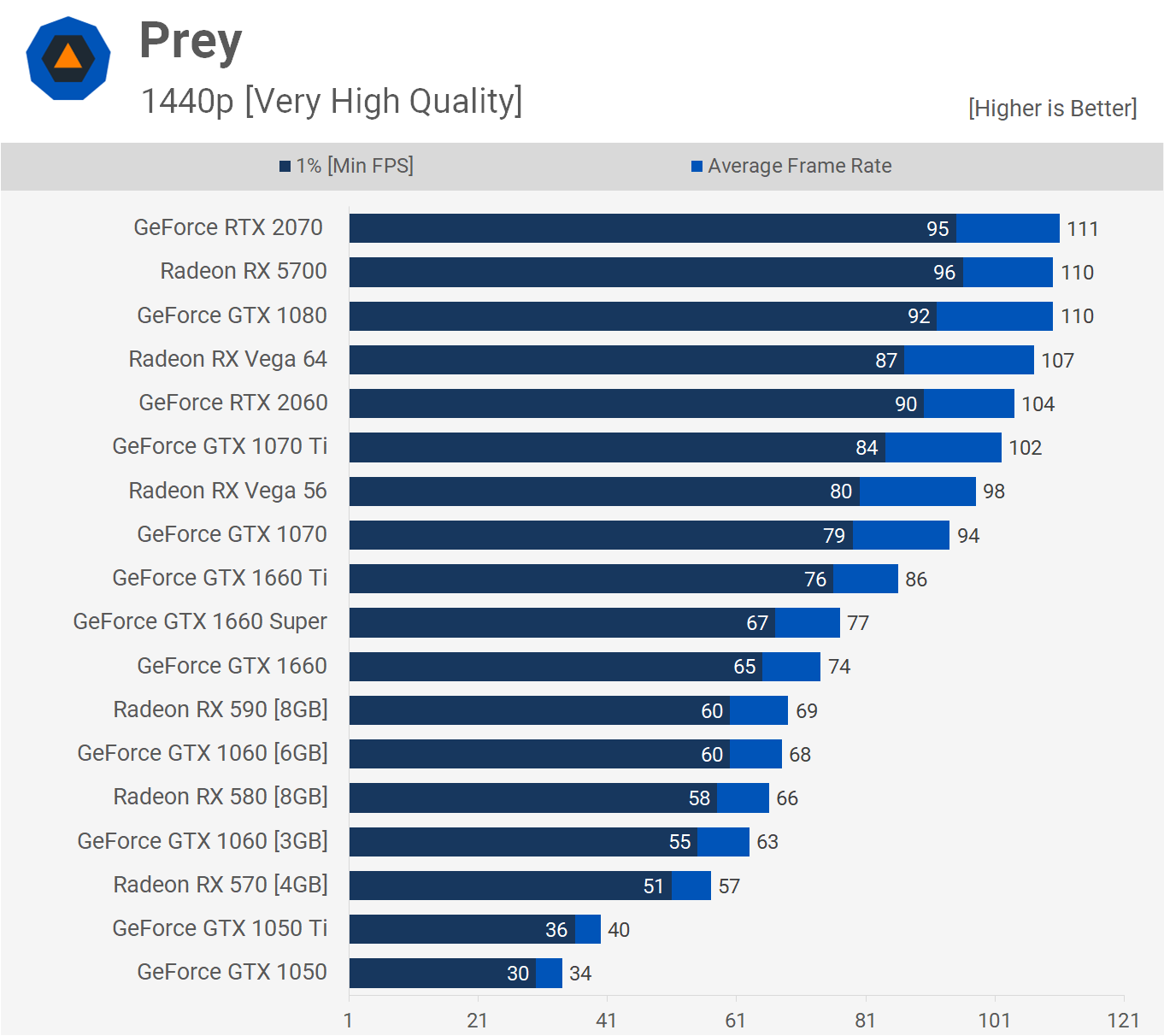
As was the case with Battlefield V, we see solid gains for the 1660 Super in Star Wars Battlefront II, here it was 9% faster than the base model. It was still 7% behind the 1660 Ti, but that's a great result for the new $230 GPU.
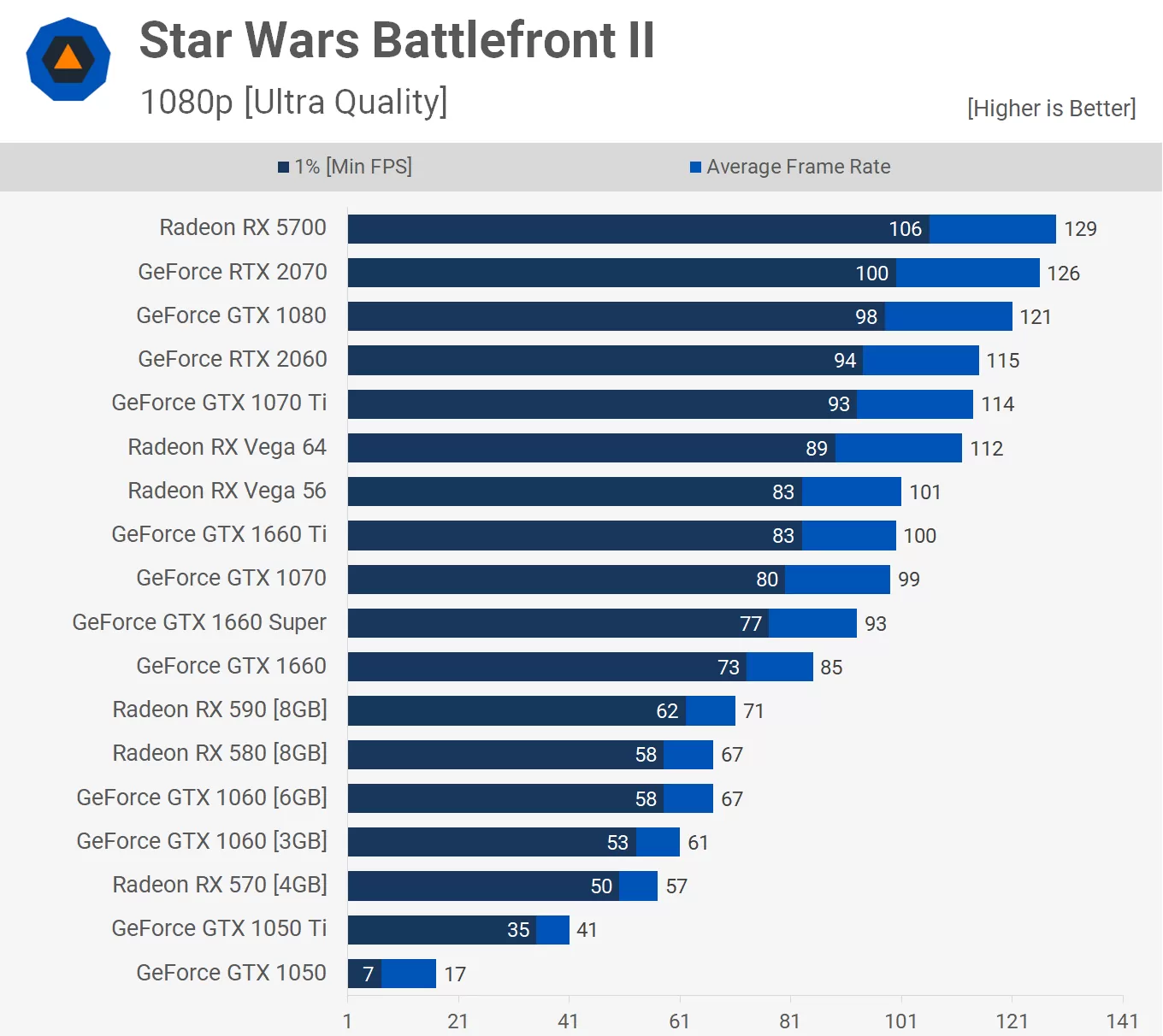

We've seen this in a few games and with Project Cars 2 we have yet another example where the extra memory bandwidth leads to no performance uplift, just an extra frame for the 1660 Super over the non-super version.
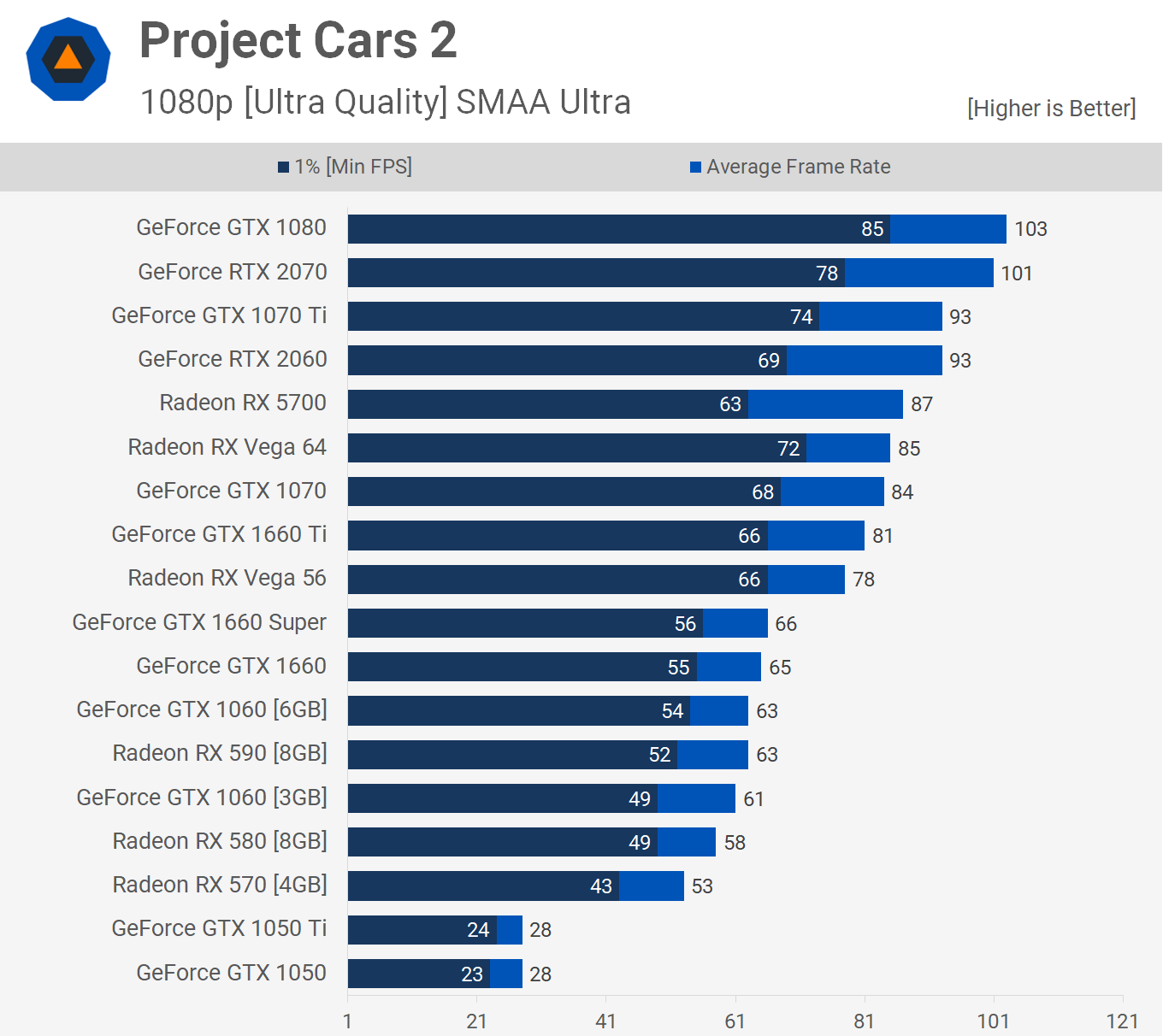
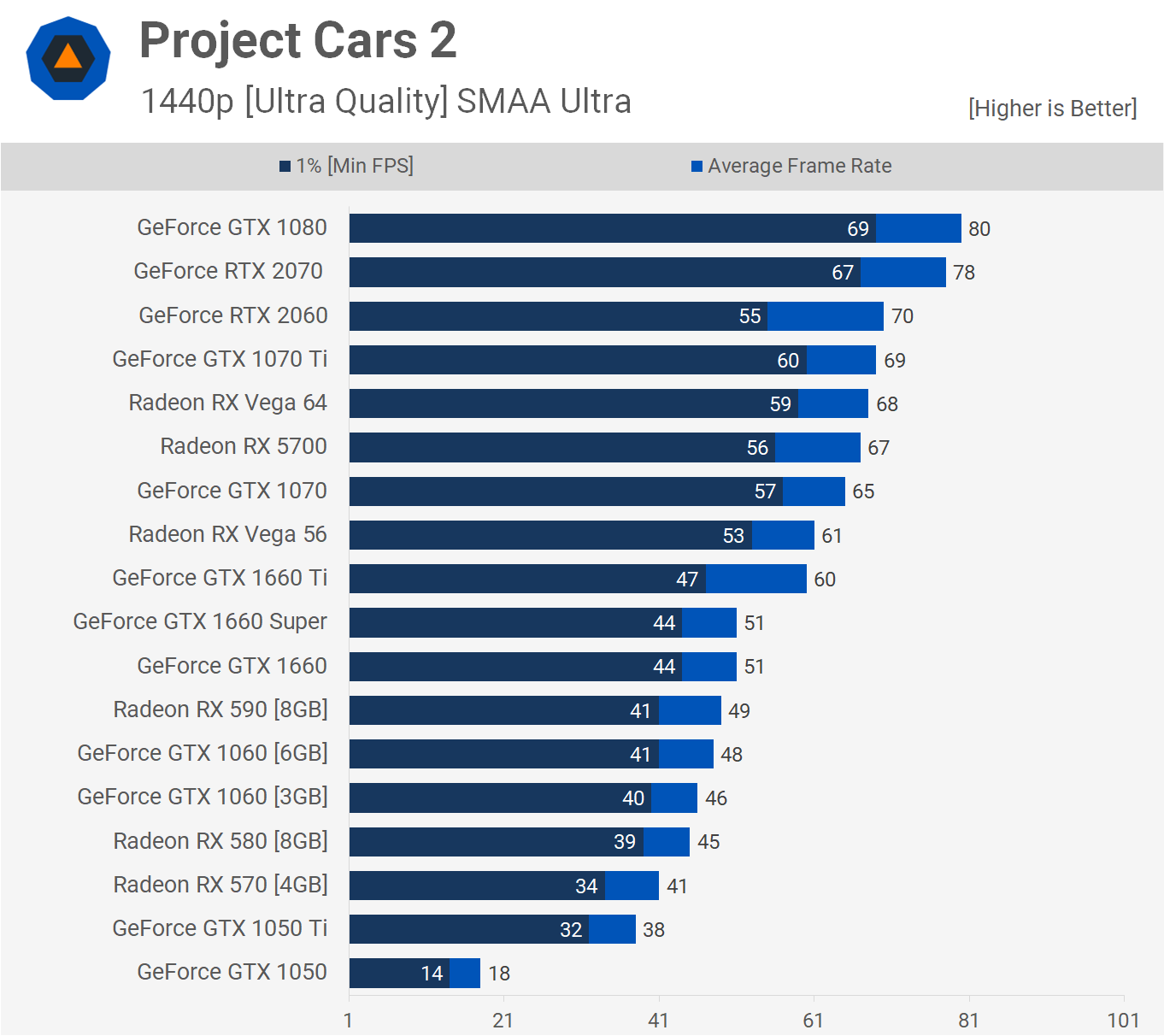
Nvidia did claim up to 20% performance gains and we have our first example of that here with Monster Hunter World. The 1660 Super was good for 67 fps on average and that makes it 20% faster than the standard 1660 and just 7% slower than the 1660 Ti.

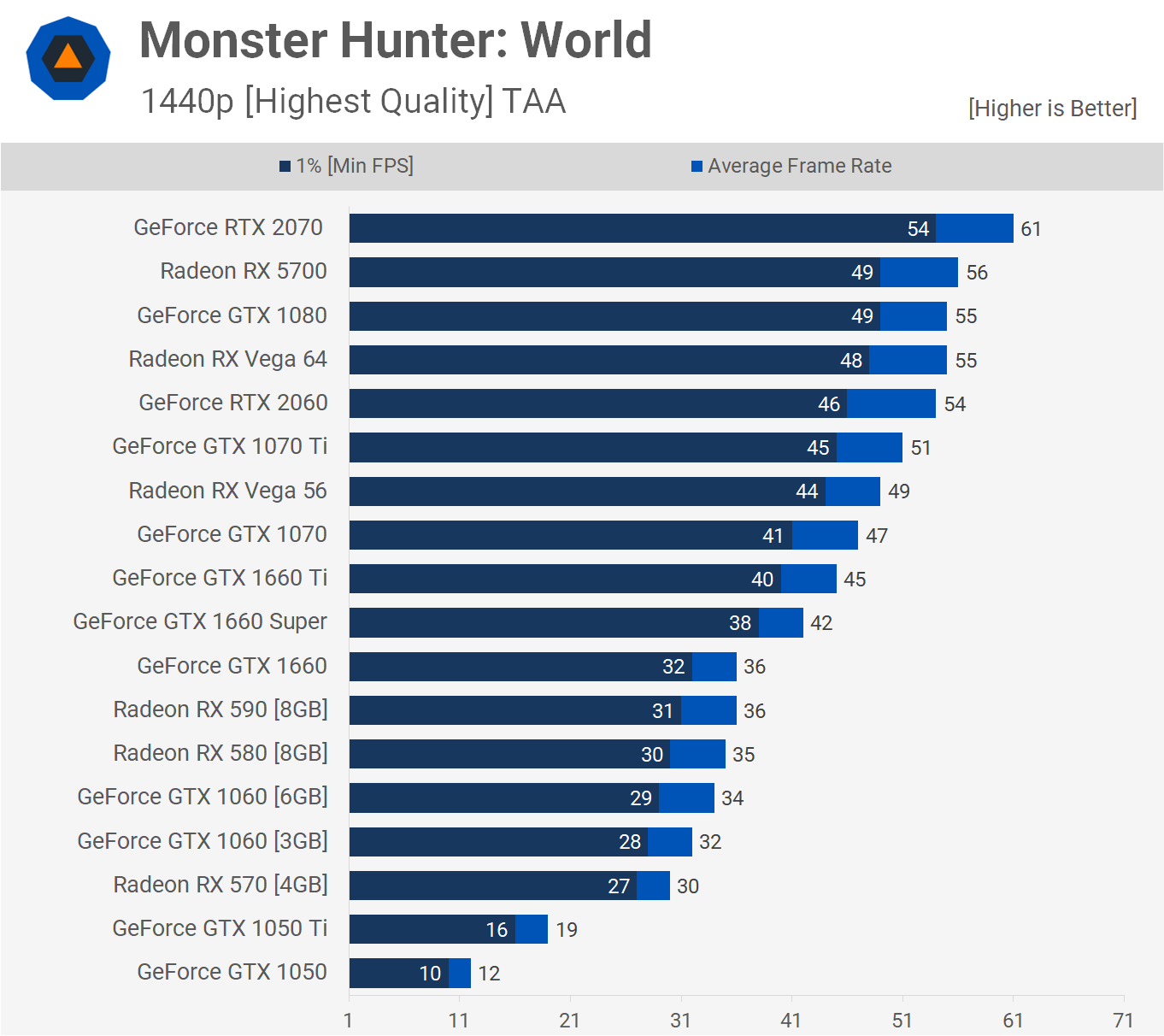
For Honor sees the 1660 Super deliver another significant performance improvement over the base model, this time an 18% increase in frame rate is seen and that meant the Super was just 5% slower than the 1660 Ti.
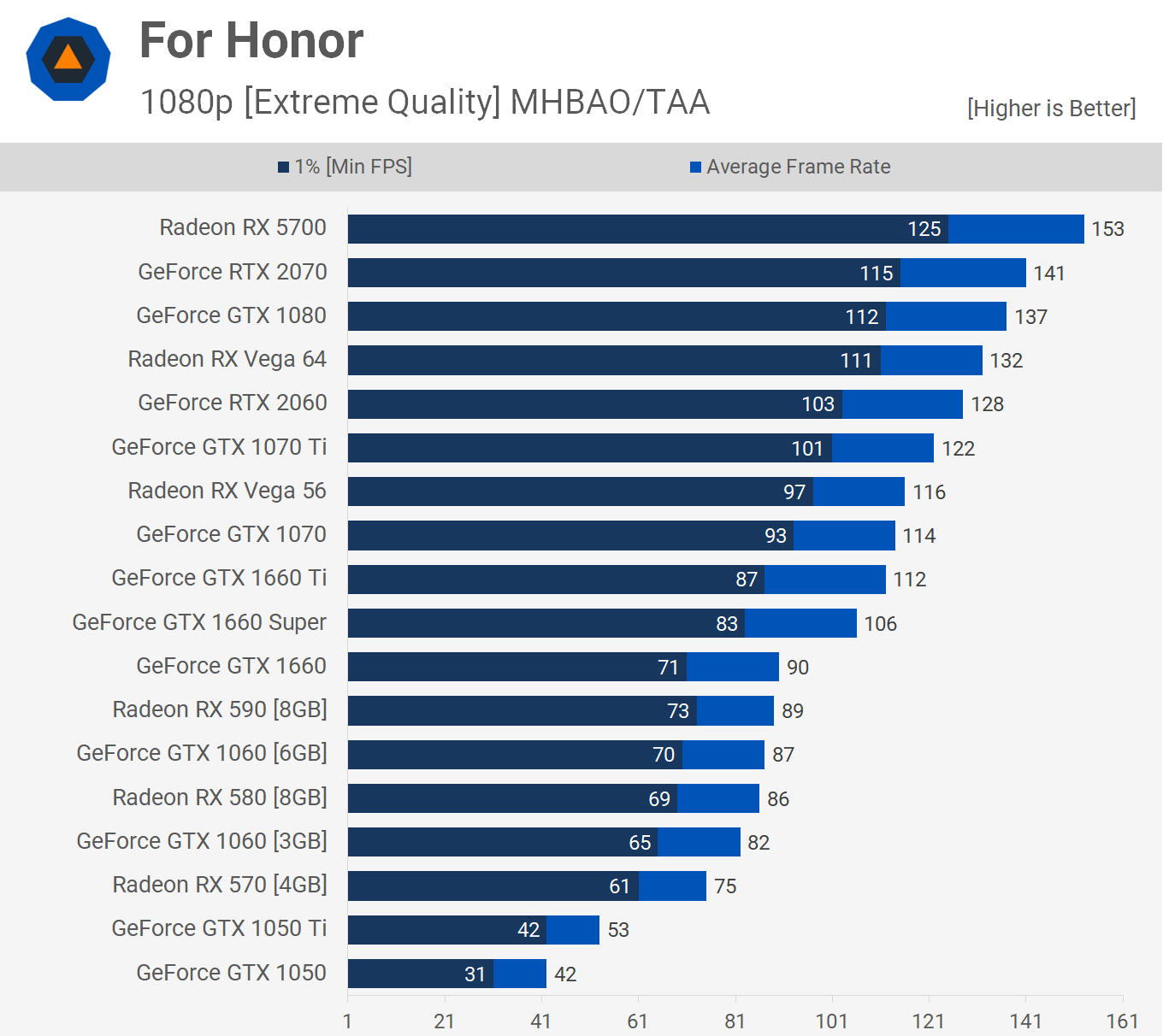
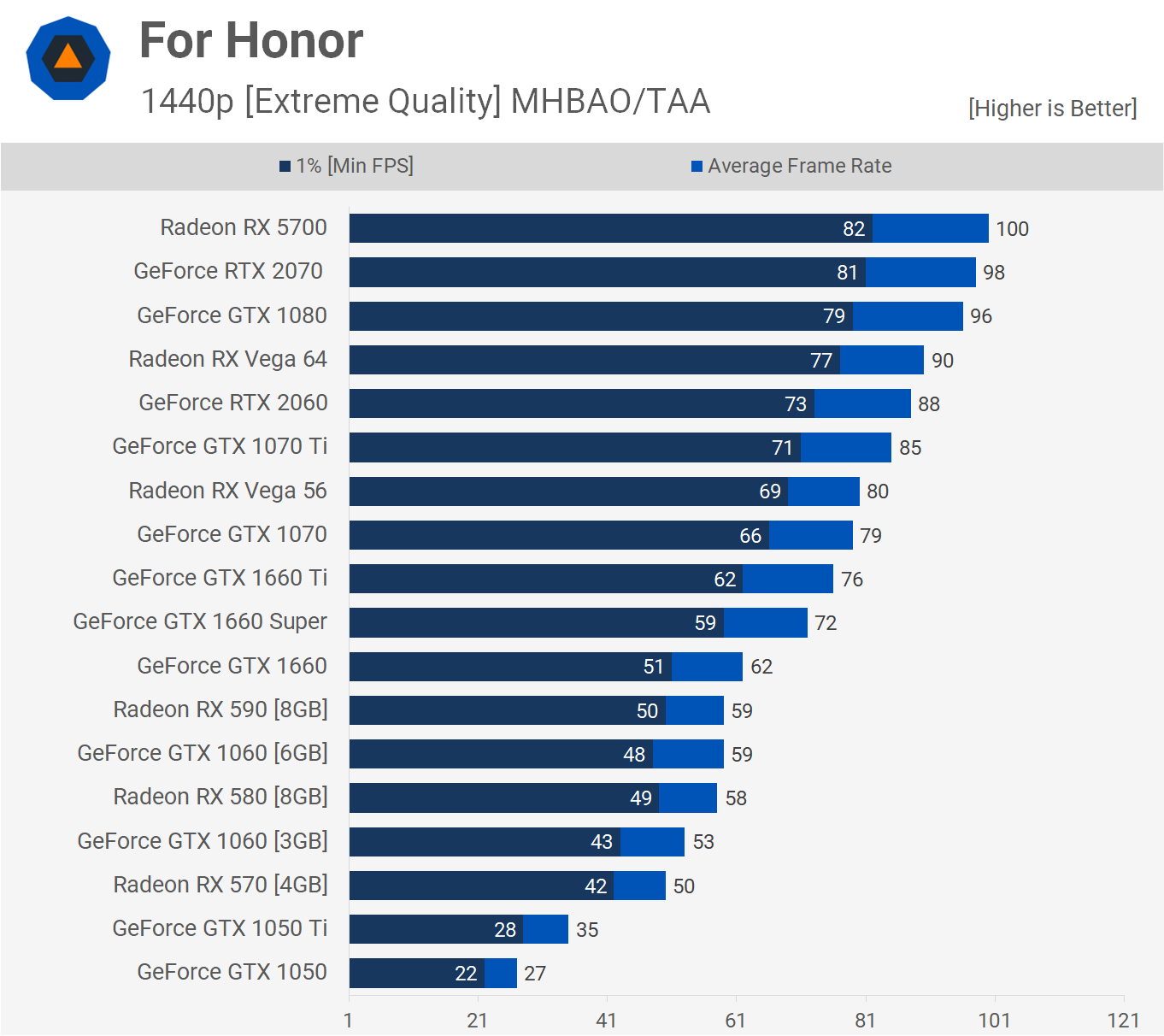
The Witcher 3 shows our best 1660 Super result yet. This time it was 25% faster than the base model 1660 (we triple checked). This huge jump means the 1660 Super is much faster than the standard 1660 and the RX 590.

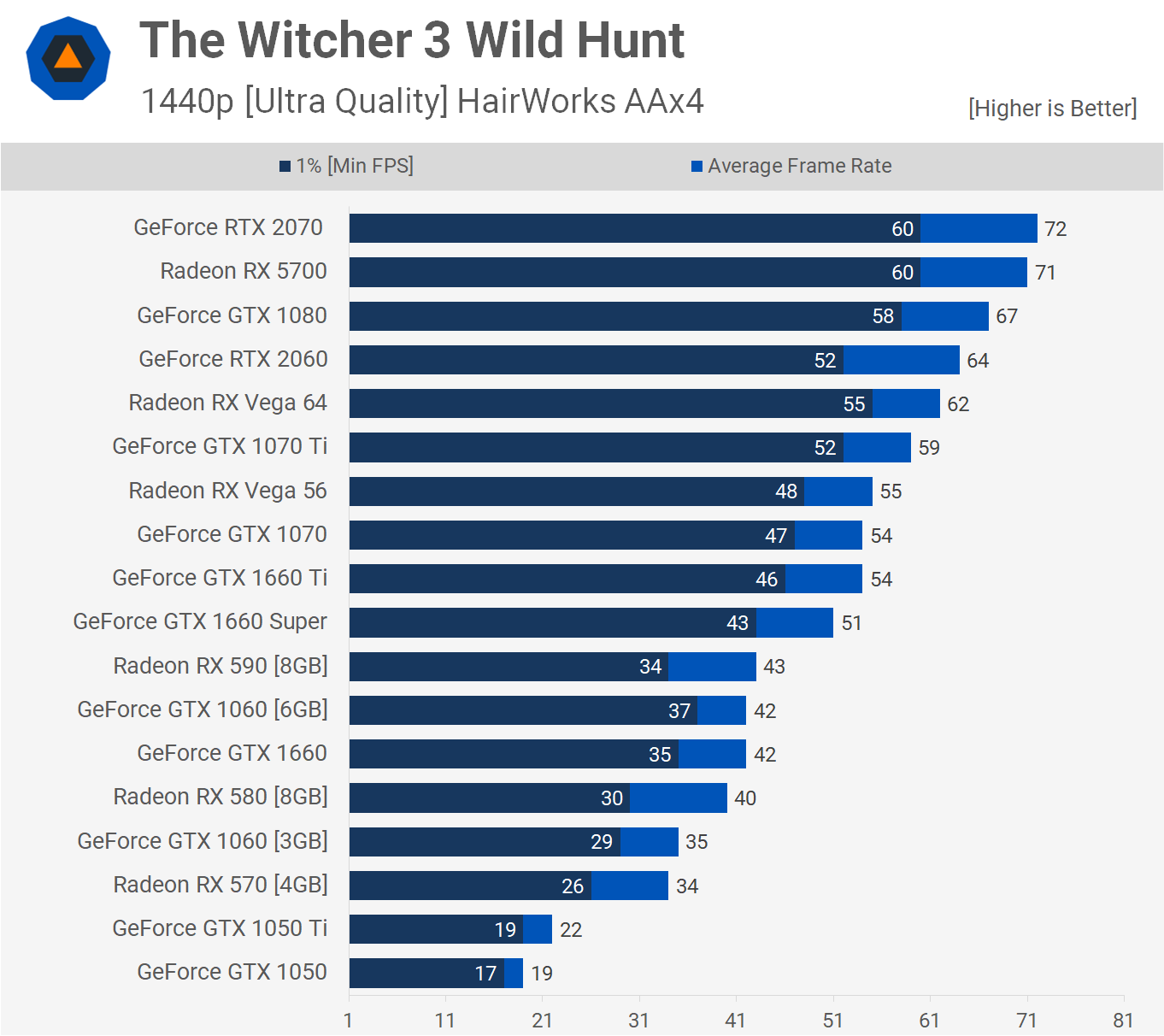
Solid performance gains can also be seen when testing with Sniper Elite 4, the 1660 Super was 14% faster than the base model and just 4% slower than the Ti model, so another excellent result.
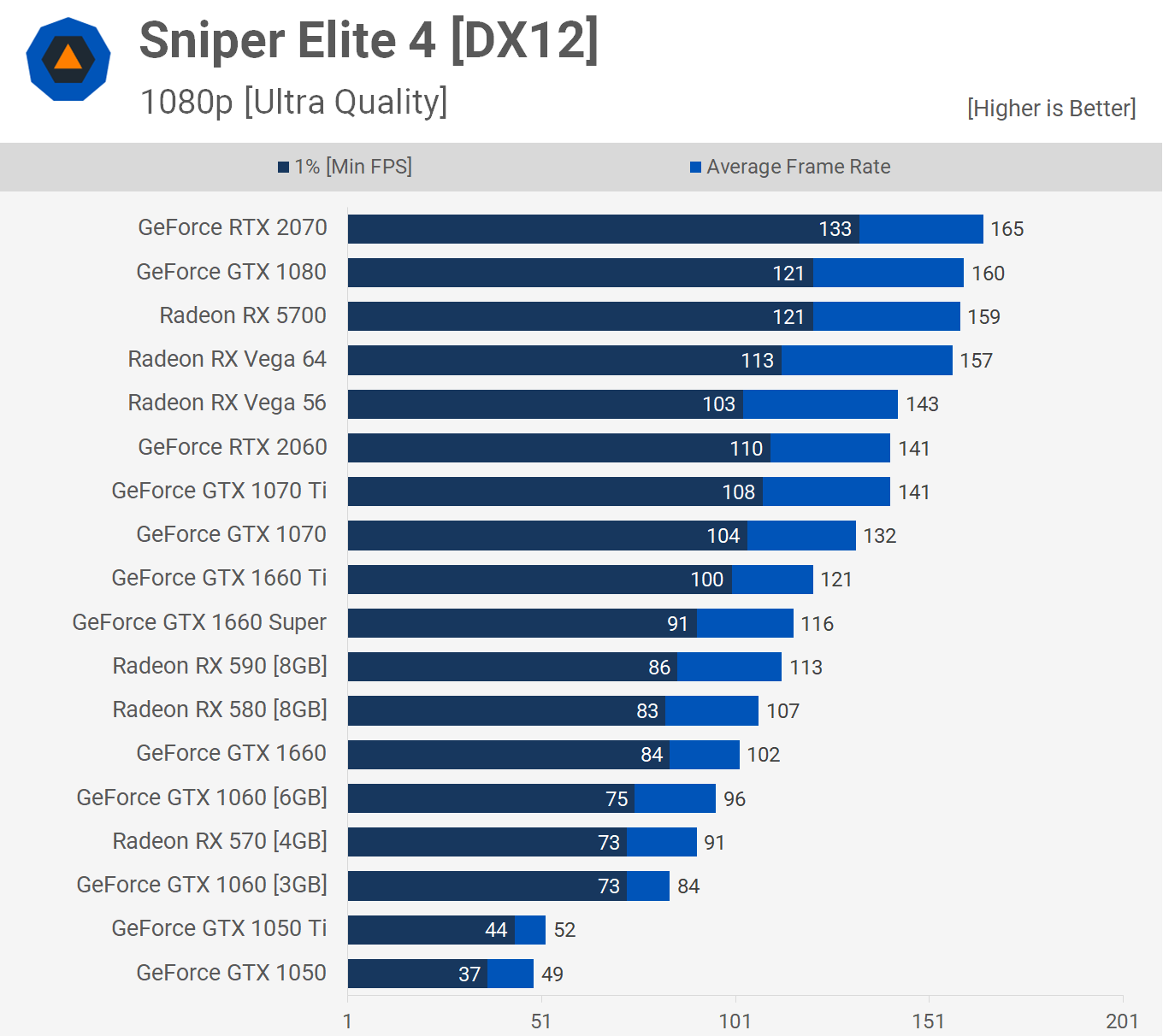
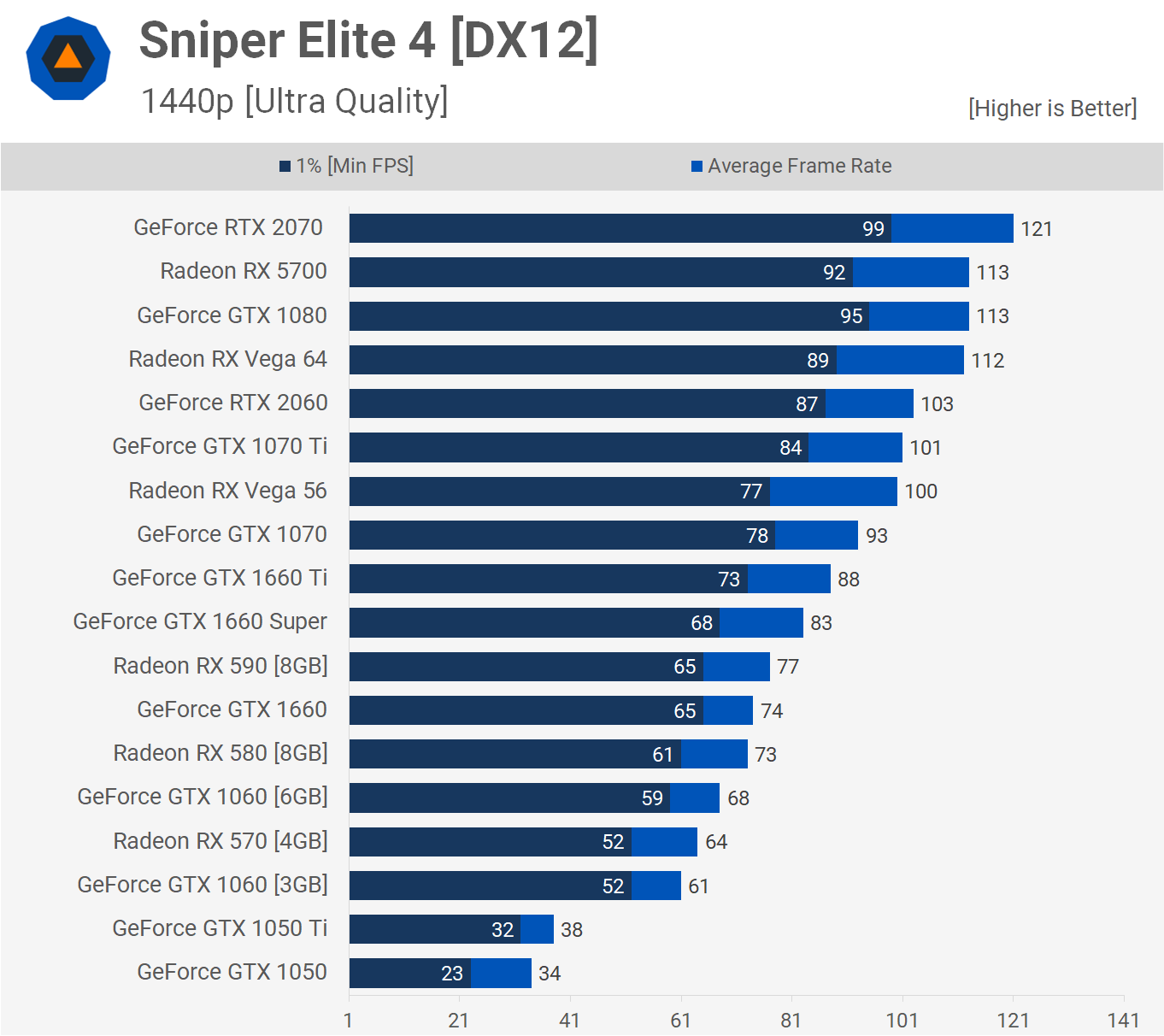
Kingdom Come Deliverance has the 1660 Super performing very well again, beating the base model by a 9% margin to come in just 3 fps behind the 1660 Ti.
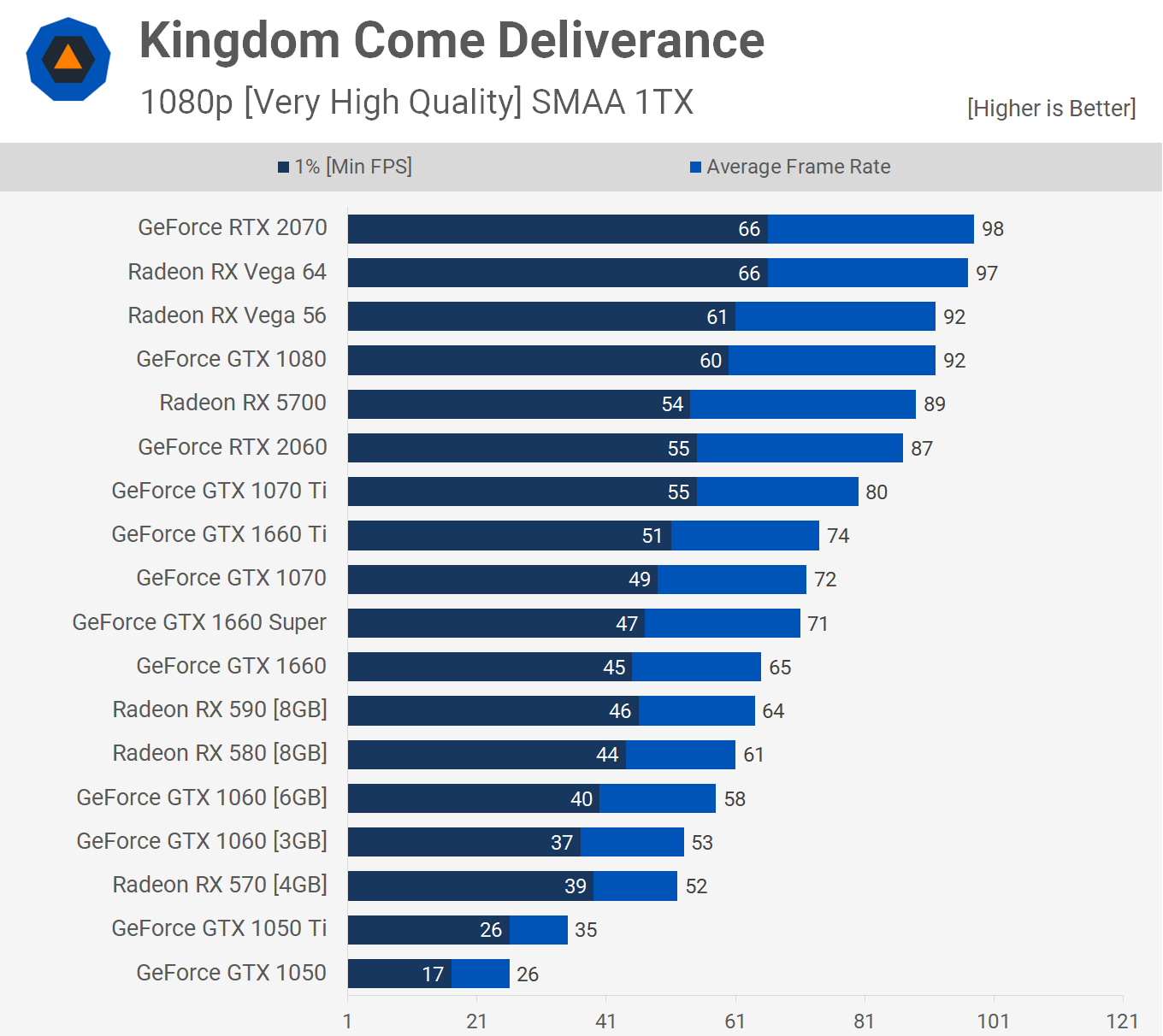
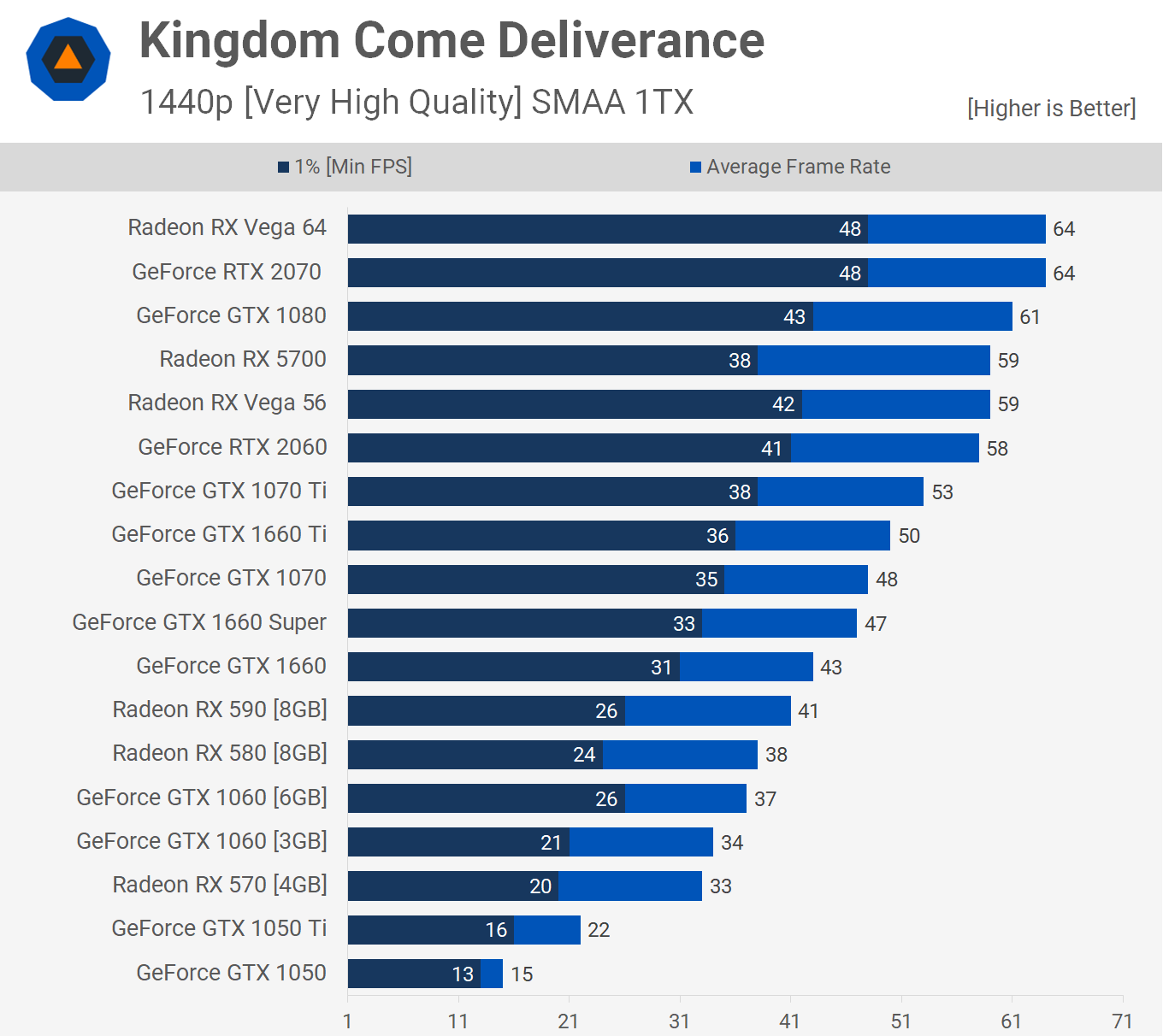
Finishing up the gaming benchmarks we have Middle-earth Shadow of War and here the 1660 Super was 19% faster than the base model and just 3% slower than the Ti version, so again another excellent result.


Power Consumption
Here's a quick look at total system consumption and as you can see the 1660 Super sucks down a little more power than even the Ti model. Clearly that higher clocked GDDR6 memory is power hungry and here we see an increase on total system draw by 9% over the standard 1660.

Performance Summary
Admittedly the new GeForce GTX 1660 Super looks much better in a number of games than we were expecting. There were a few titles with meaningless gains, but overall the results look very positive.
Let's have a look at the average frame rates across all 17 games tested at 1080p...
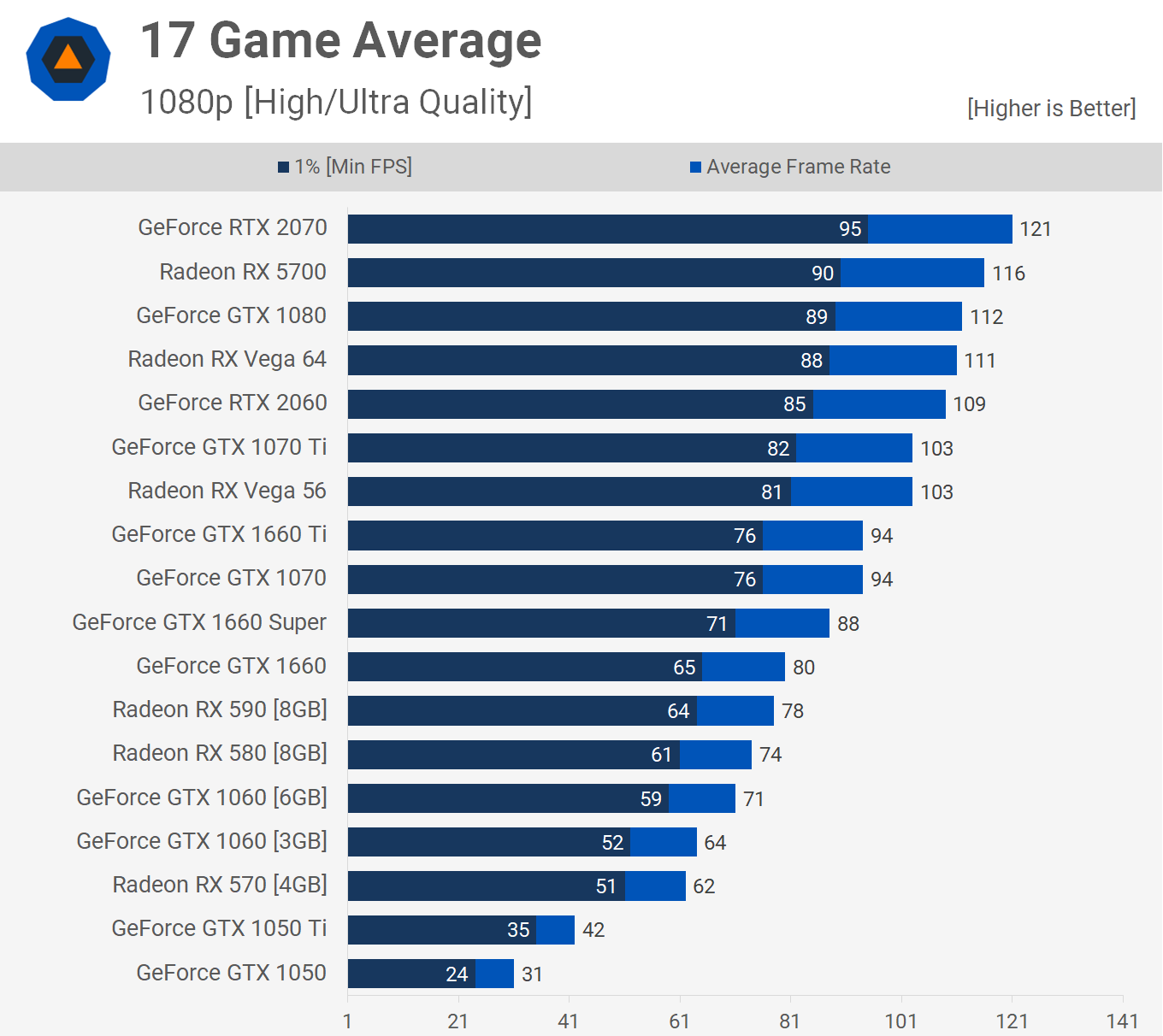
Here we see that the new GTX 1660 Super delivered 88 fps on average across the entire range of games tested. That made it 10% faster than the base model 1660 and just 6% slower than the 1660 Ti. Given it costs just 4% more than the 1660 and 22% less than the 1660 Ti, that seems like a good result.
At times the 1660 Super was able to match the GTX 1070, but overall it was a tad slower. Still it is 13% faster than the RX 590, which will put them within striking distance on a cost per frame basis.

It's hard to predict exact pricing but considering all regular GTX 1660 cards are priced at $230 or more, we are working under the assumption that the 1660 Super will come in at $240. At this price the Super is better value than existing GTX 1660 models and much better value than the 1660 Ti.
At the intended $230 MSRP, the GTX 1660 Super would cost just 2% more per frame than the RX 590 and that makes it the better choice given the greatly reduced power consumption. At $240 it may still be the right choice for most, but anything more than that and you could argue strongly for the RX 590 at $200.
Wrap Up
When we first saw the specifications for the GTX 1660 Super, we didn't know what to make of it. The 75% increase in memory bandwidth is huge, but ultimately if the GPU wasn't memory starved to begin with, that would just end up being a big number on paper that wouldn't translate into meaningful gains in the real world.
We saw a little bit of that in games like Project Cars 2, Prey and Shadow of the Tomb Raider. But we also saw a lot of gains in the vicinity of 7-13%, which is how we arrived at a 10% improvement on average. There were even a few titles such as The Witcher 3, For Honor and Monster Hunter World which saw gains in the 18 to 25% range. For a mere $10 extra over the base 1660, we see this as a worthwhile update.
As expected, the performance uplift isn't universal, but we saw enough gains for this new GPU to get the 'Super' moniker.
When compared to the AMD competition, the GTX 1660 Super is a good bit faster than the Radeon RX 590, beating it overall by a 13% margin. But the Radeon's appeal is on pricing and that will determine which way you should go. If Nvidia does offer the 1660 Super at $230 then we'd purchase it over a $200 RX 590 and that was probably their intention all along.
